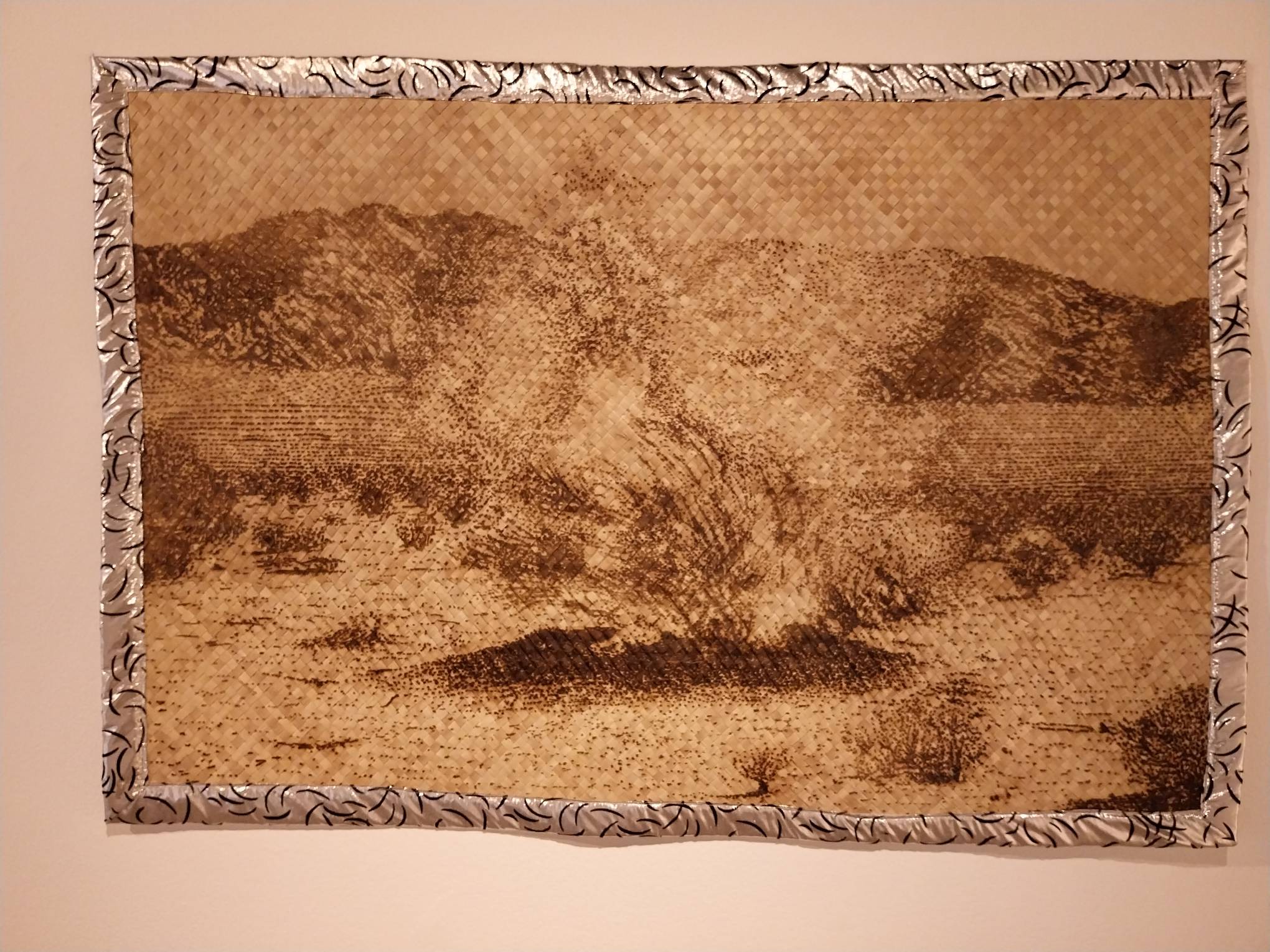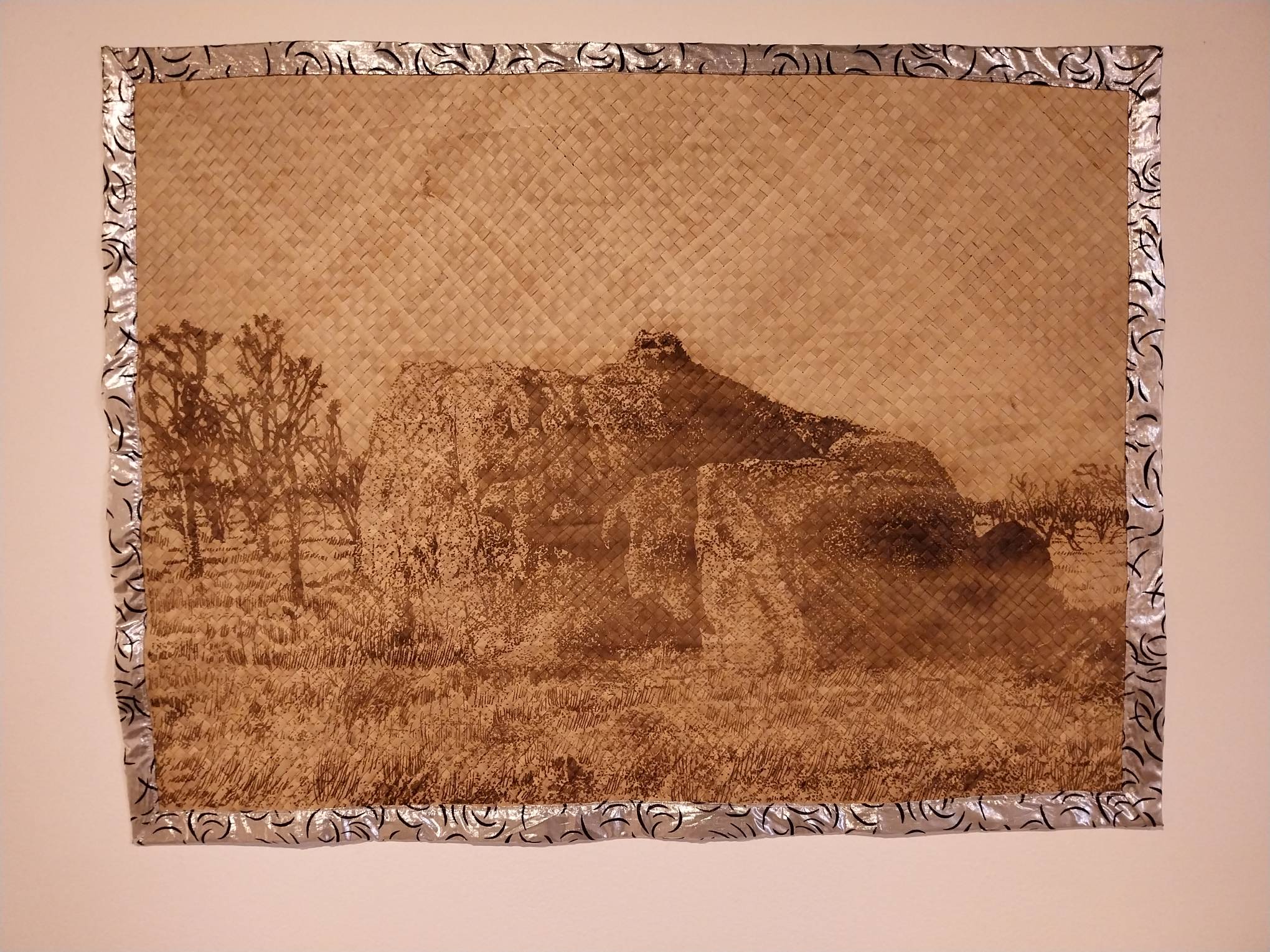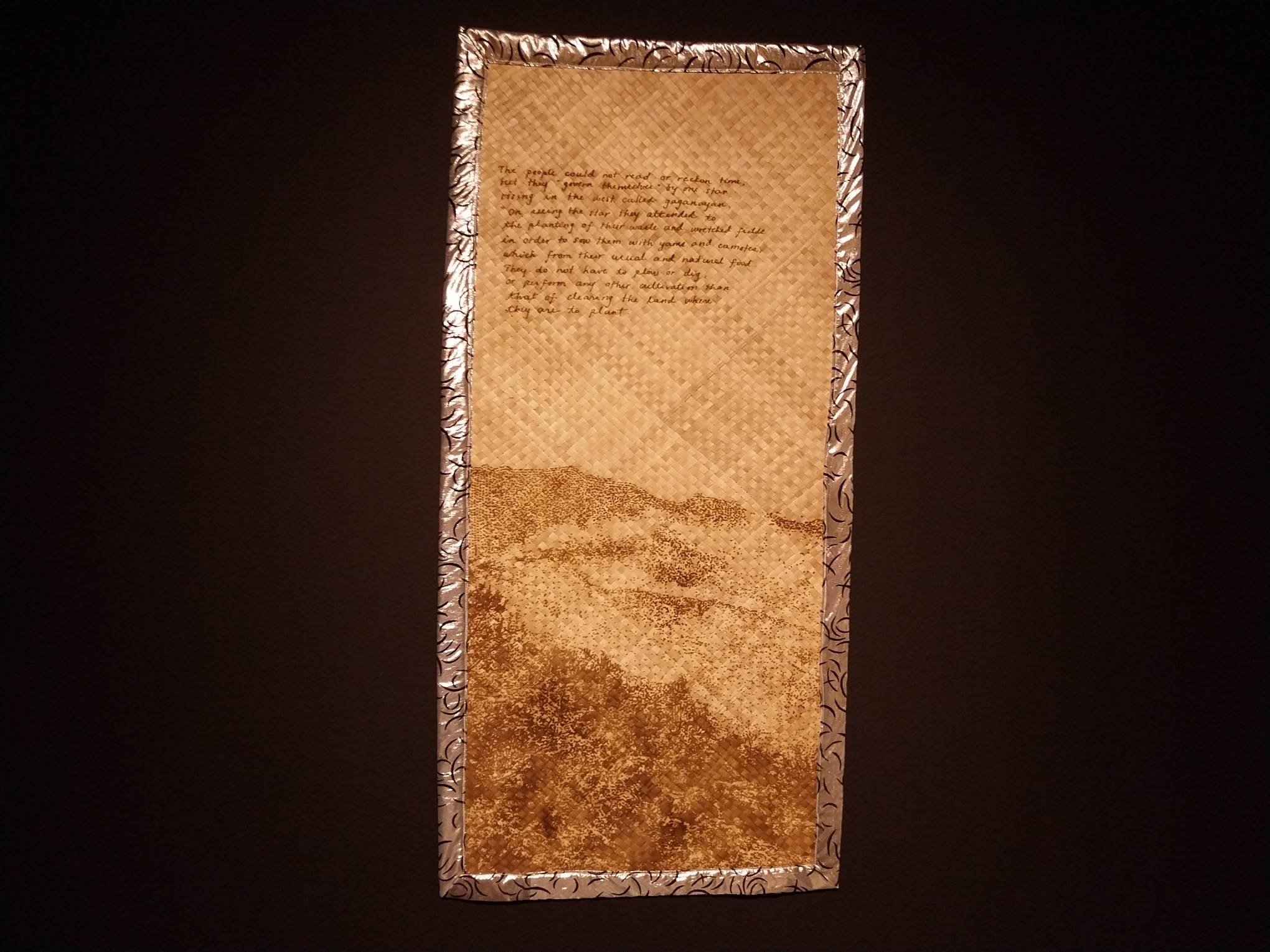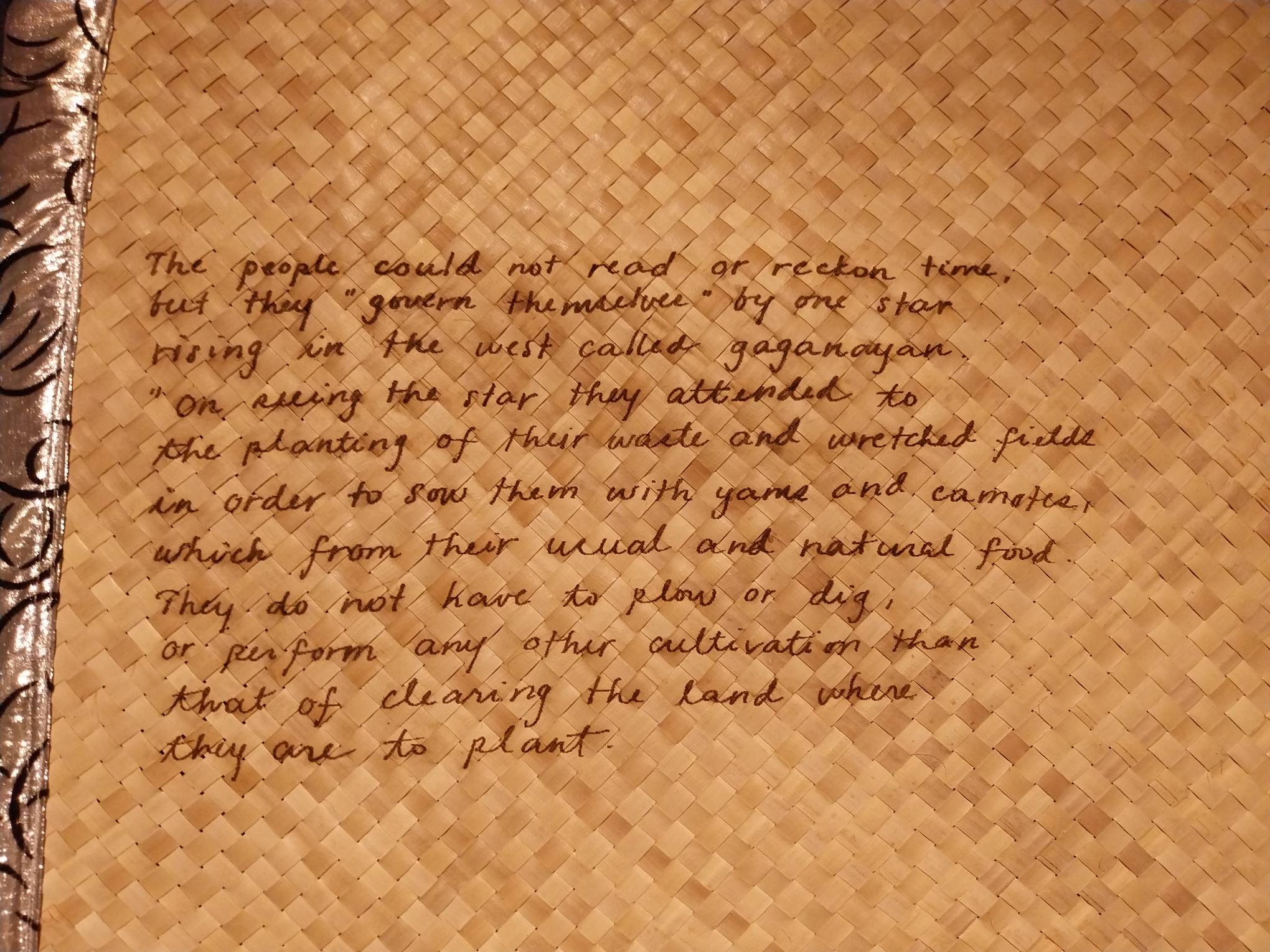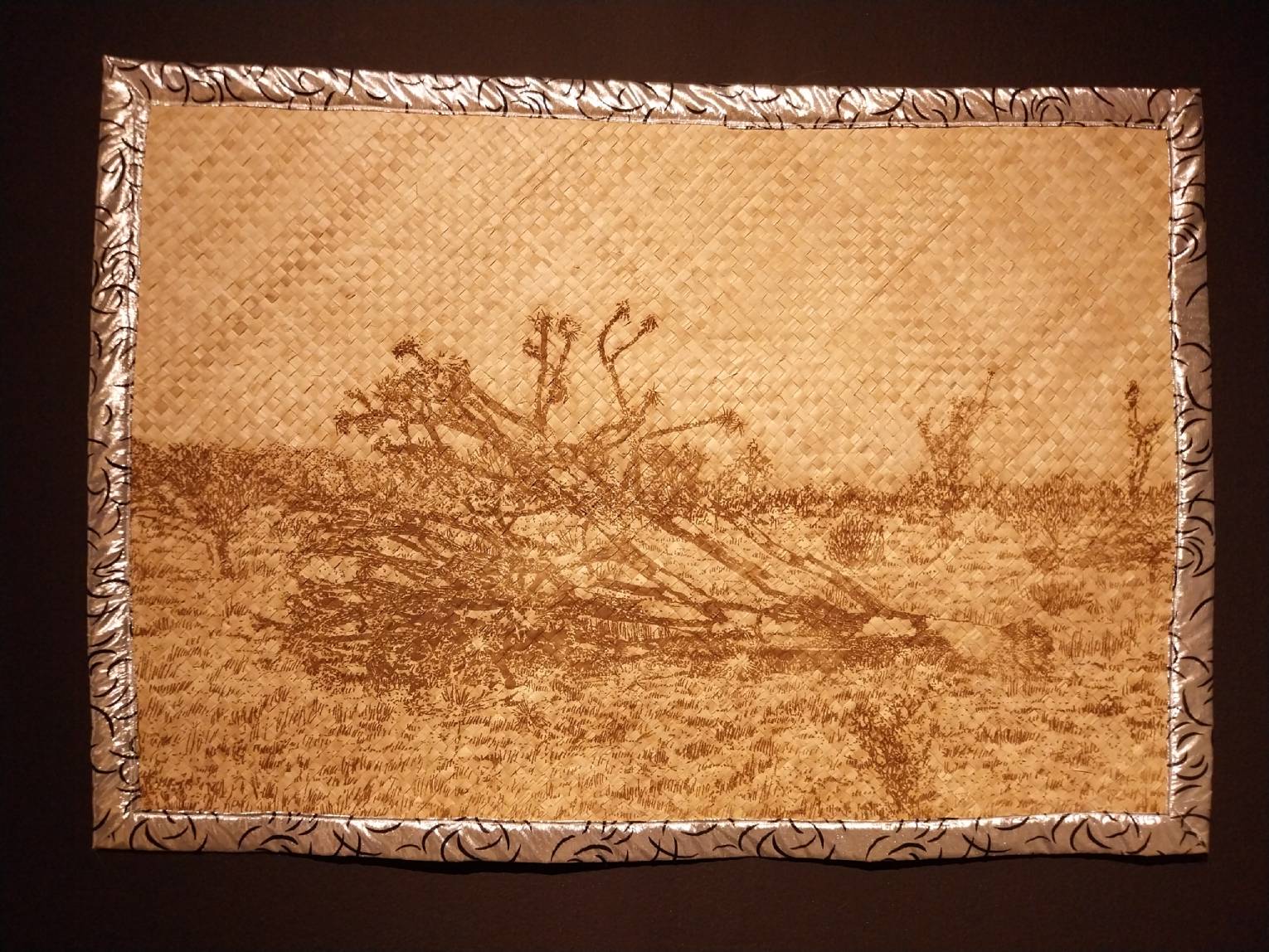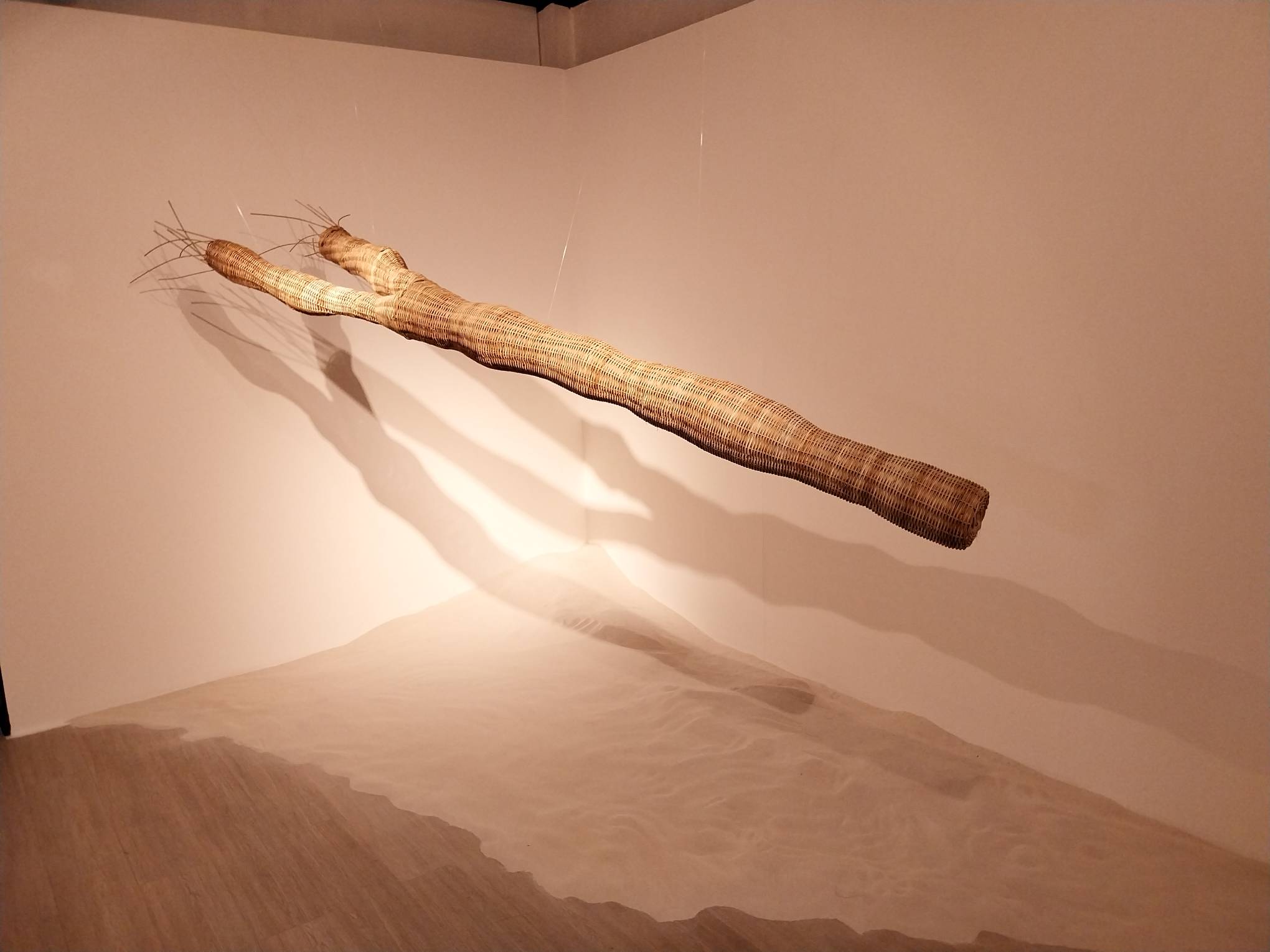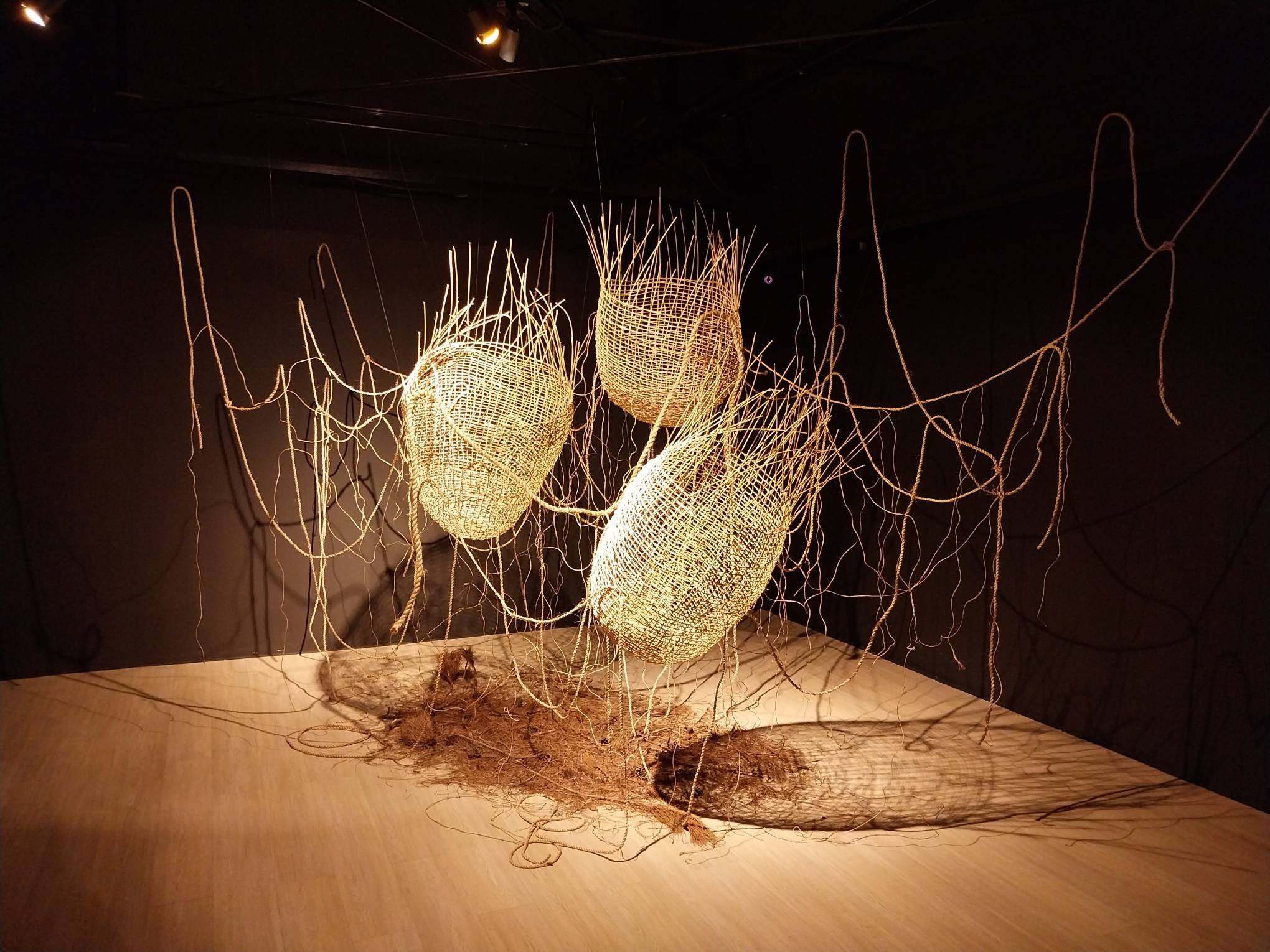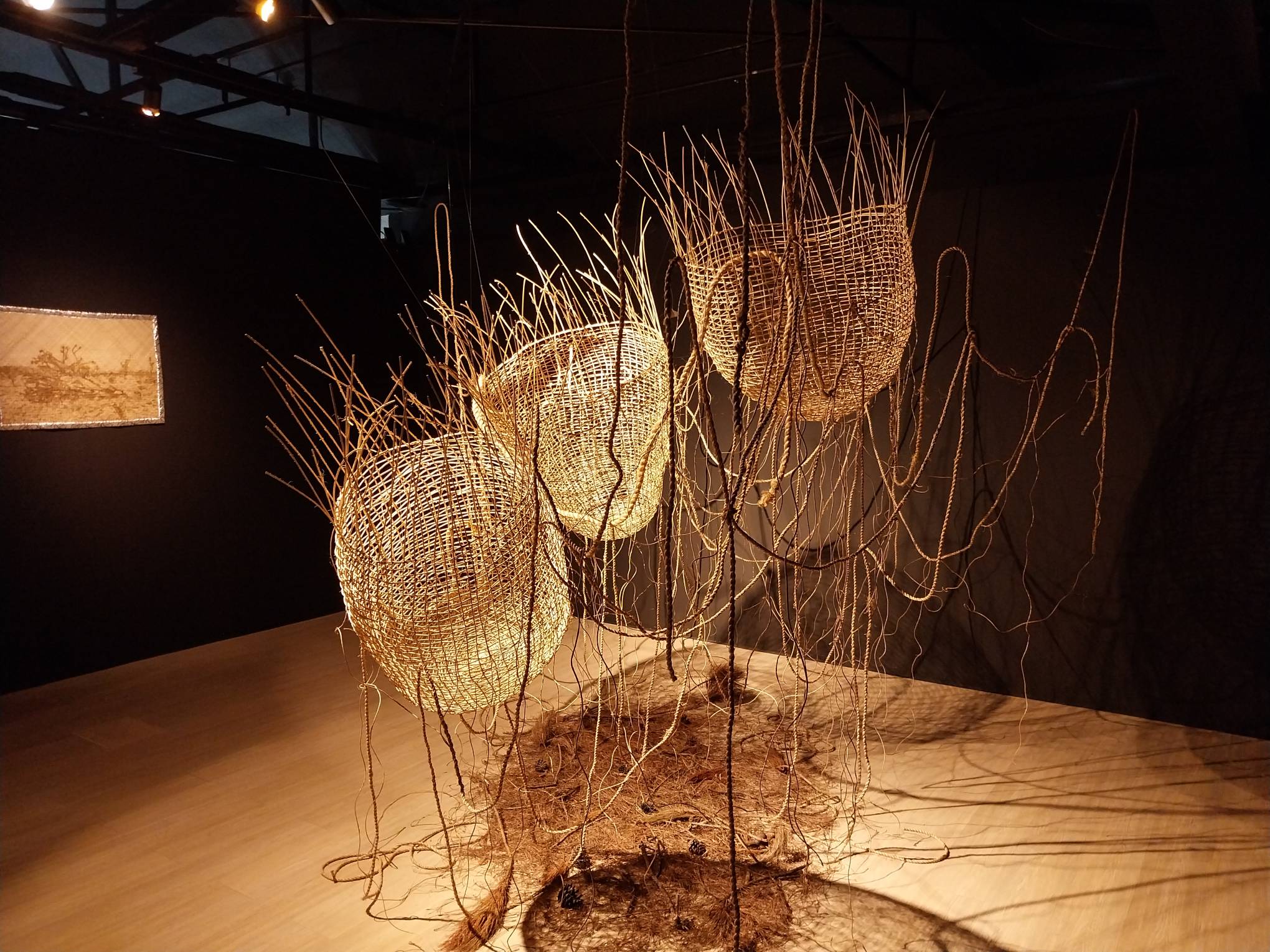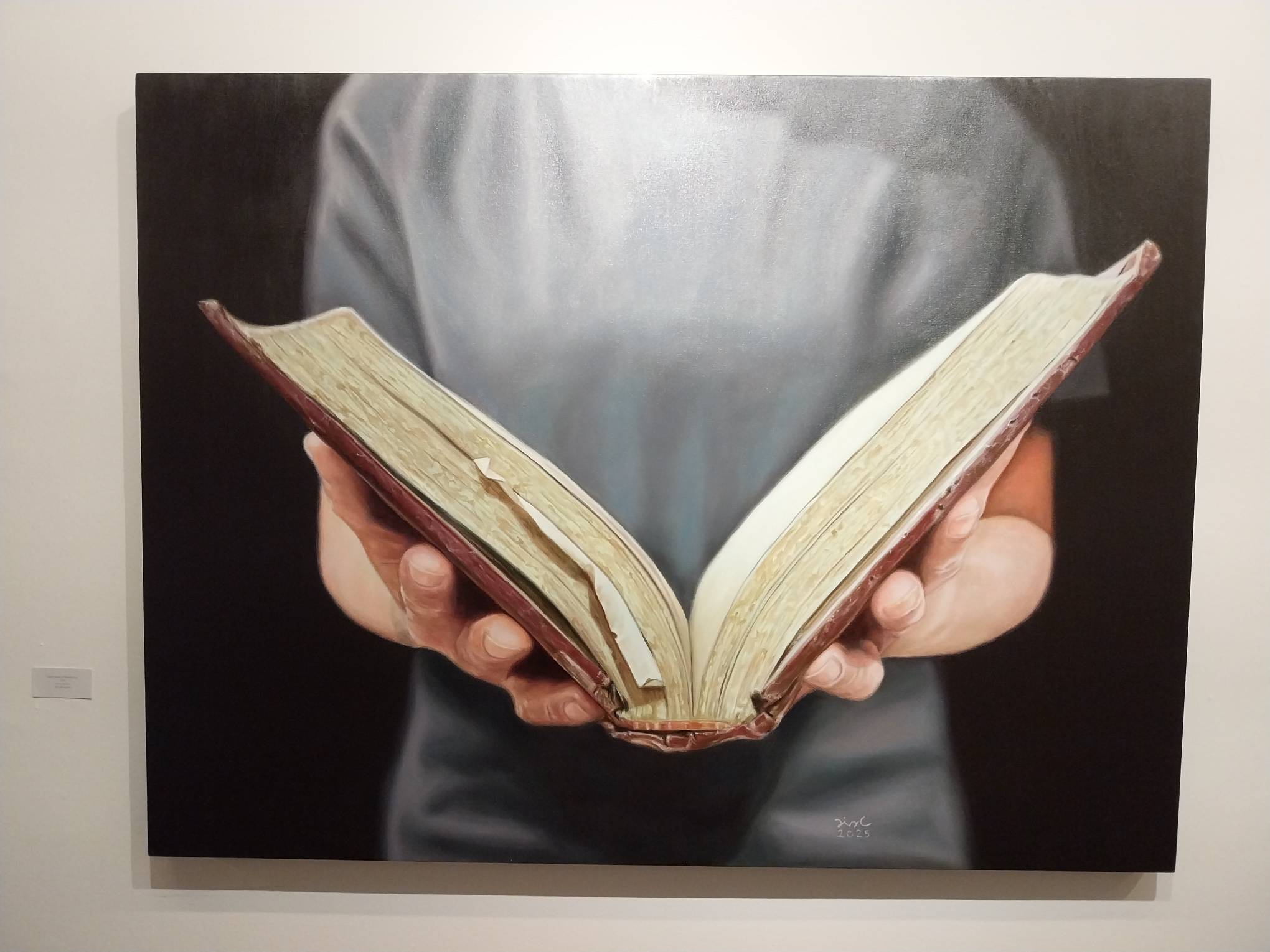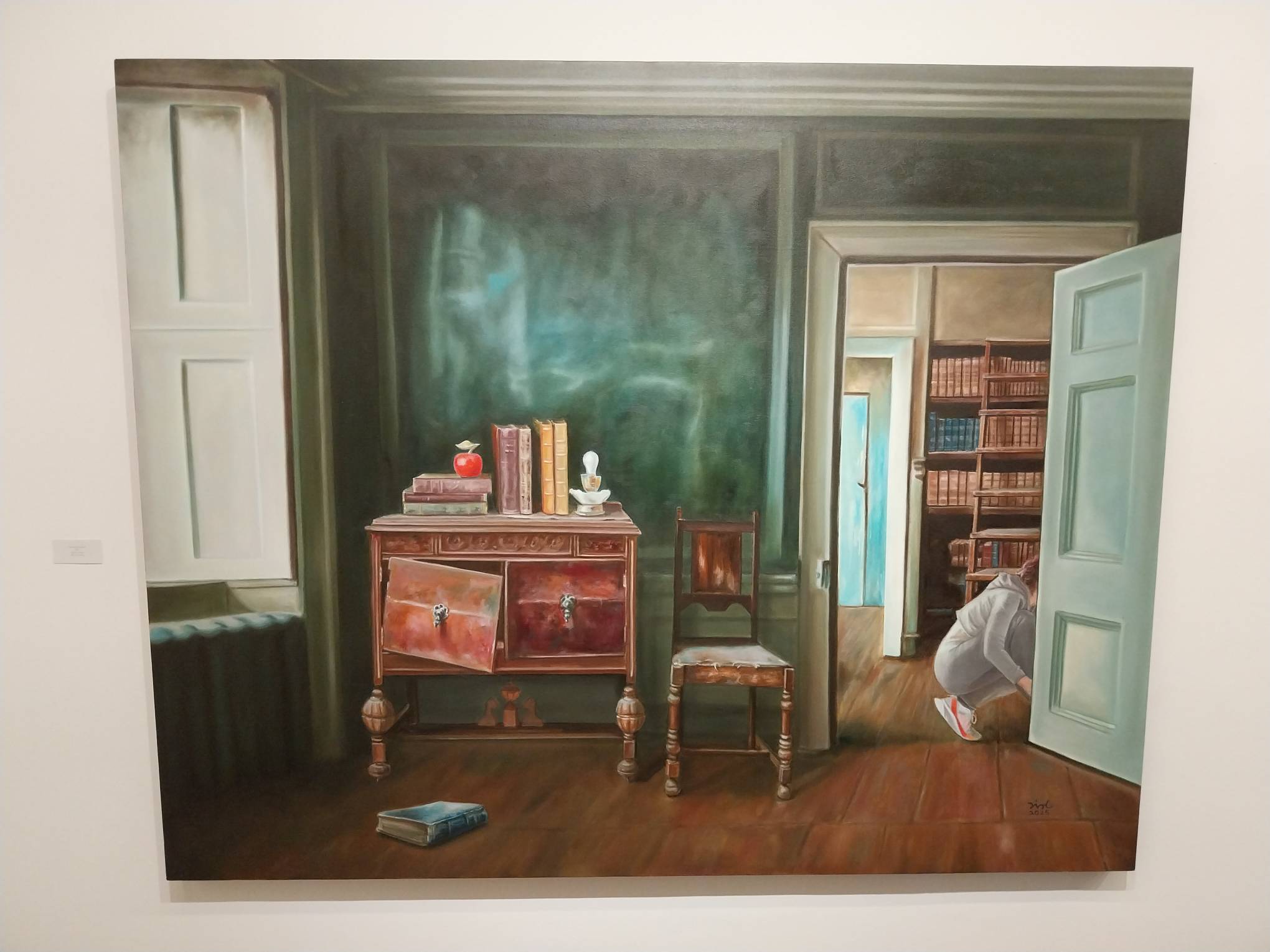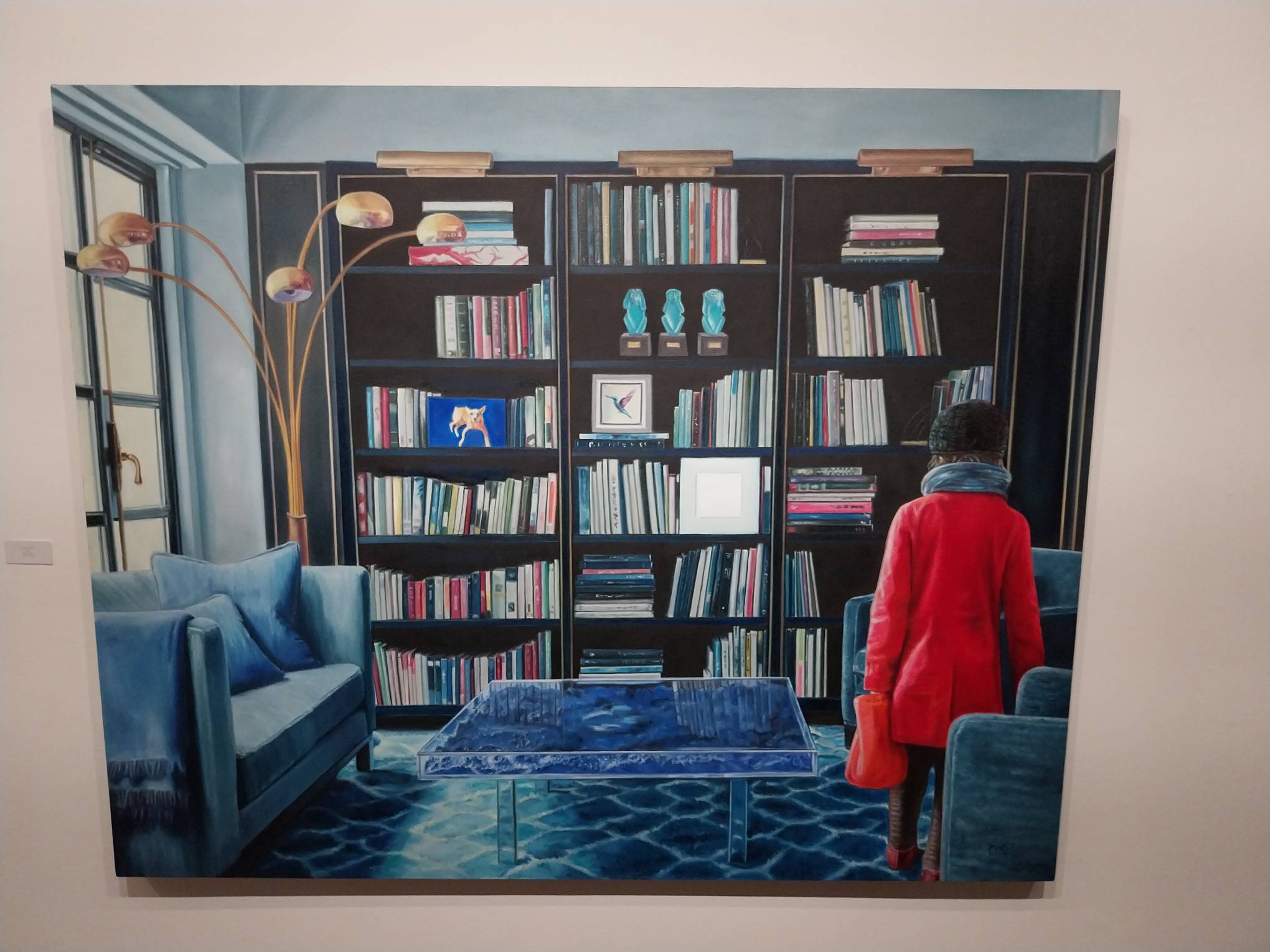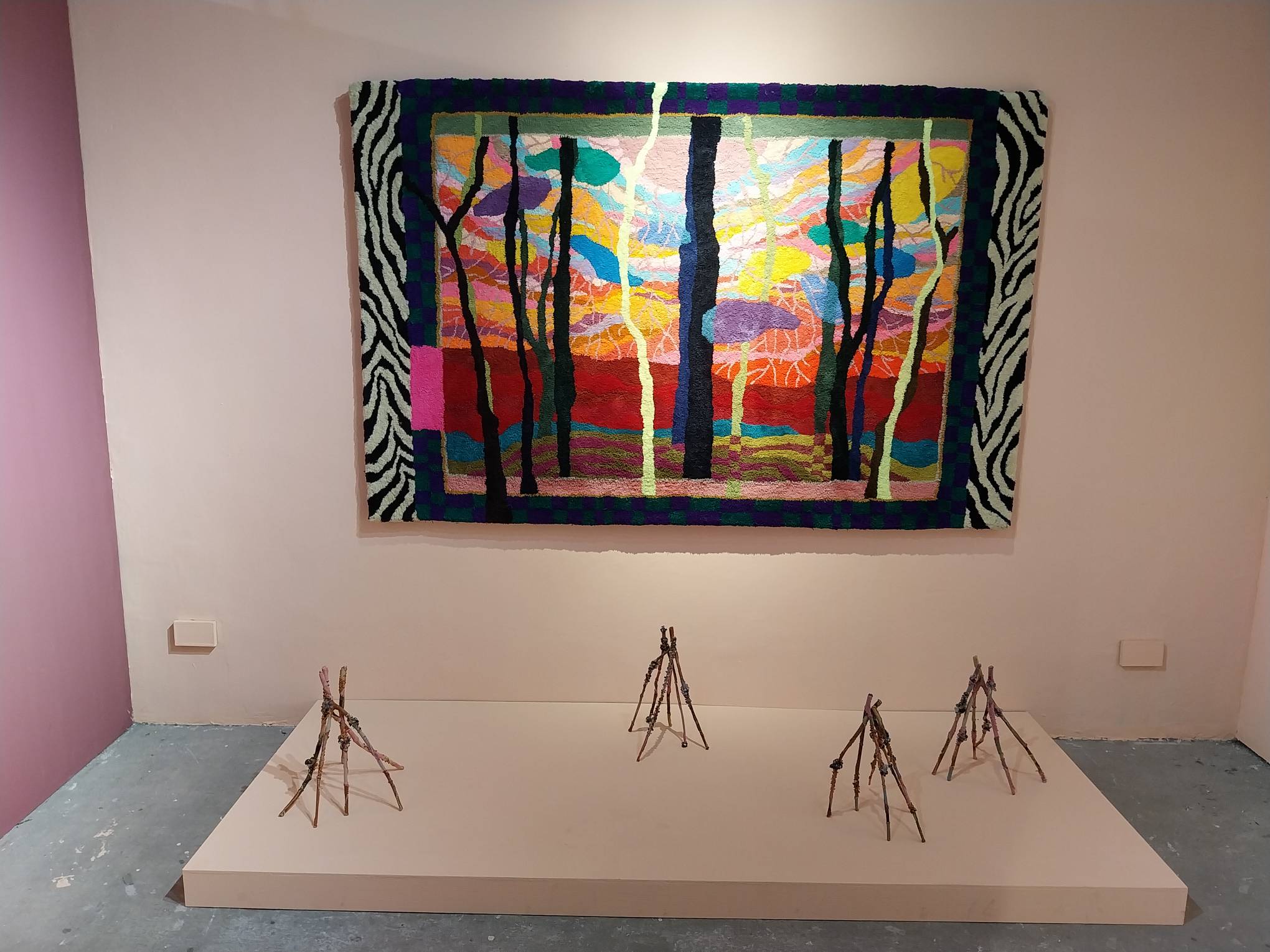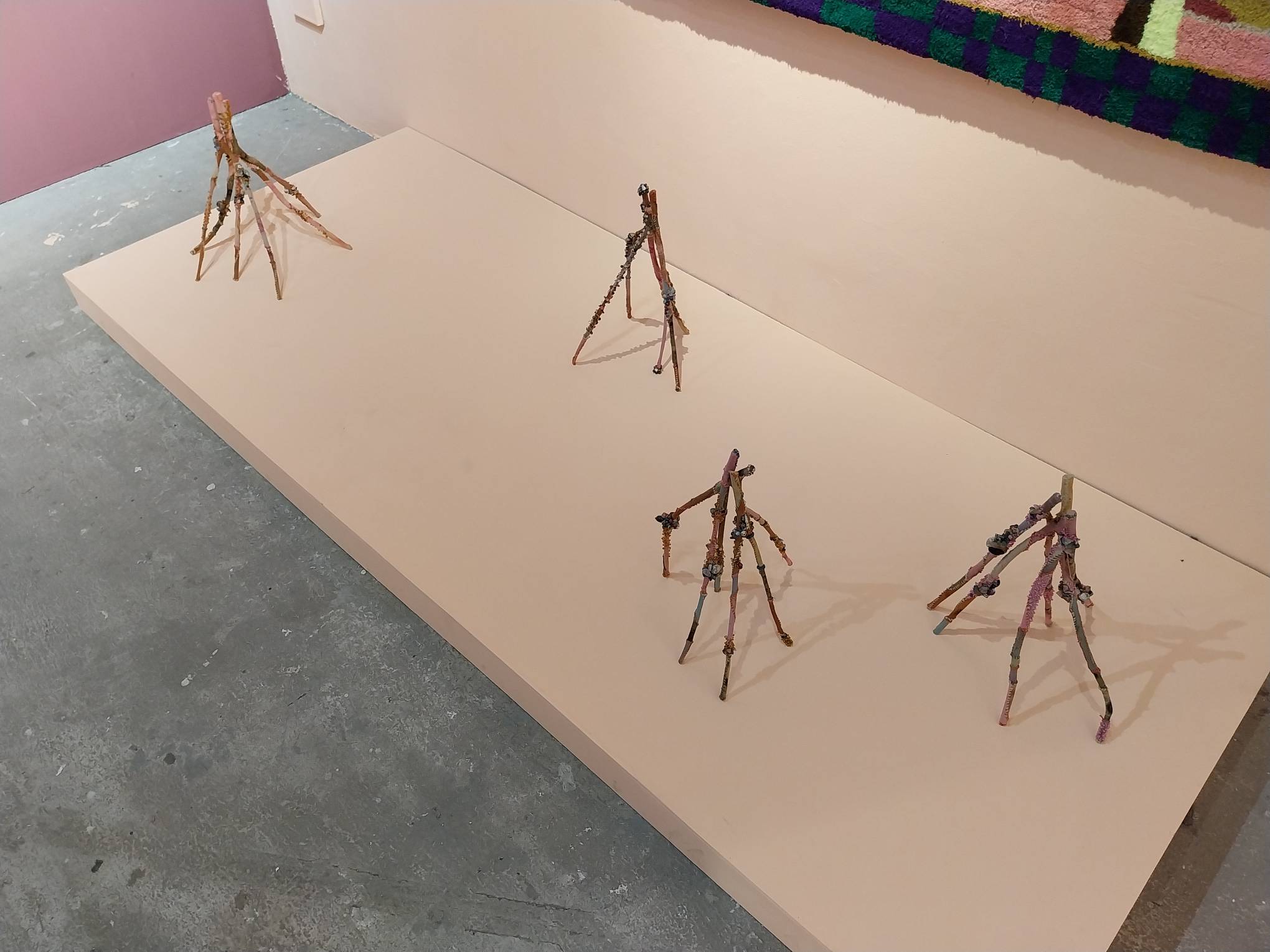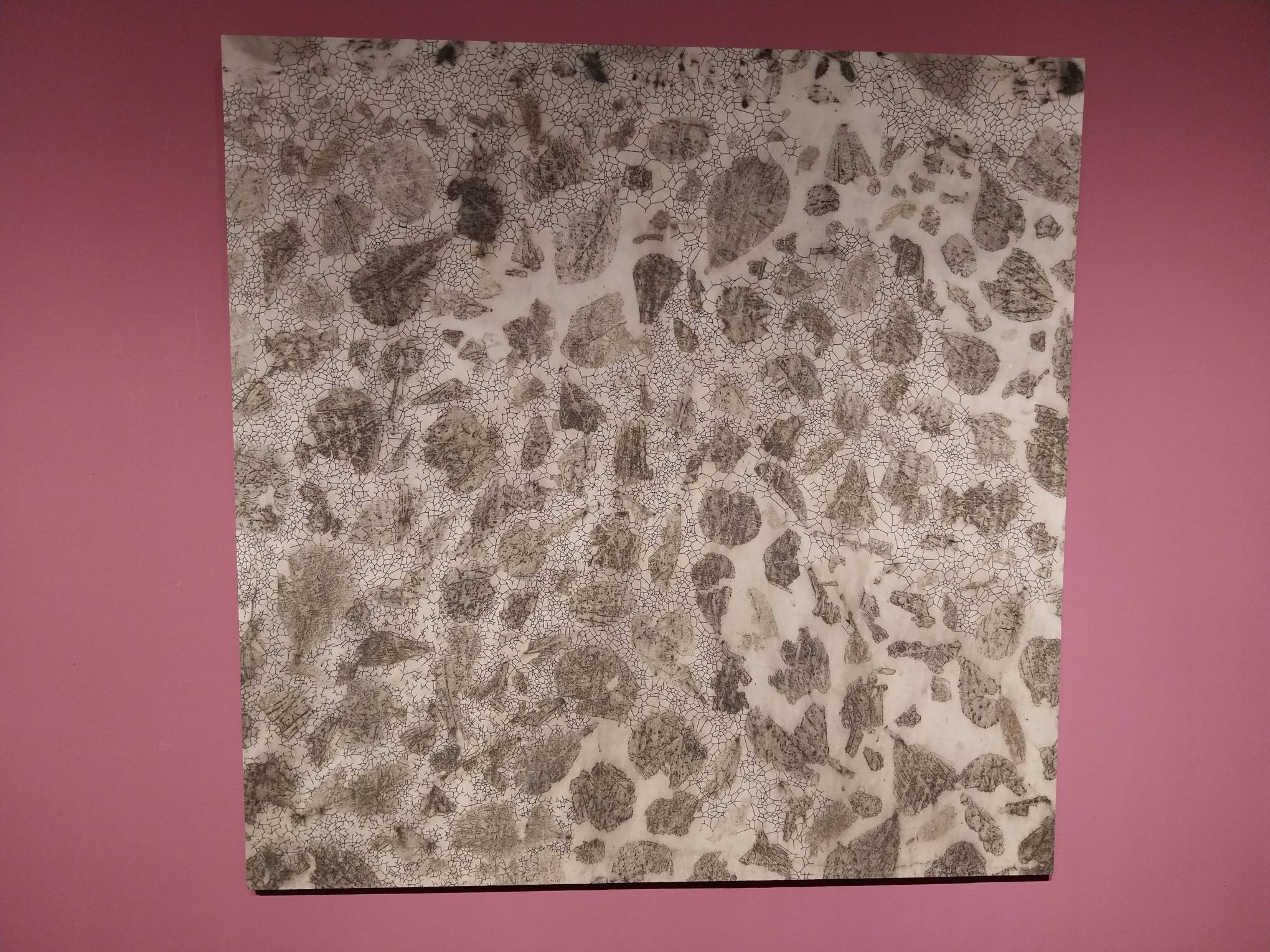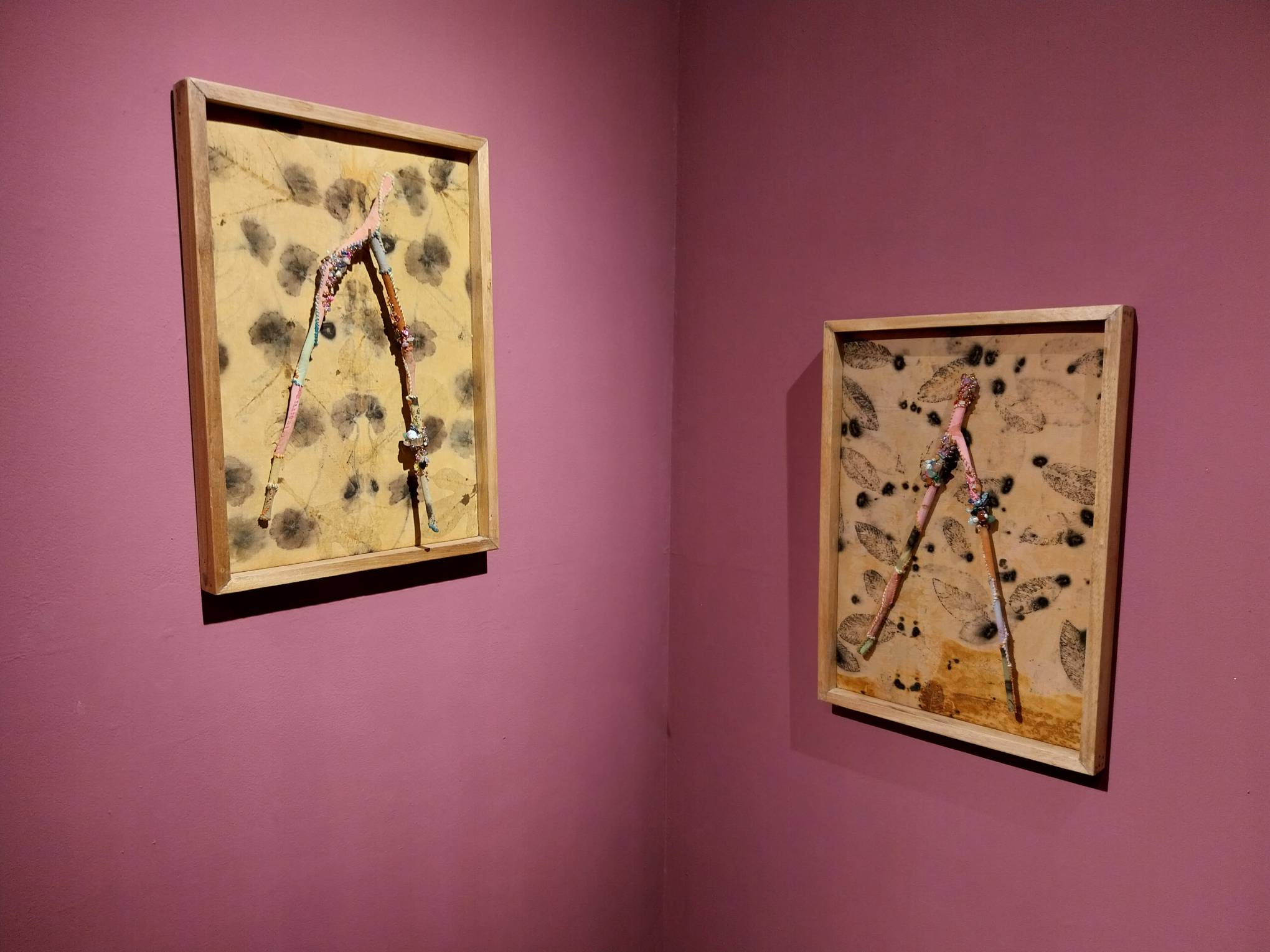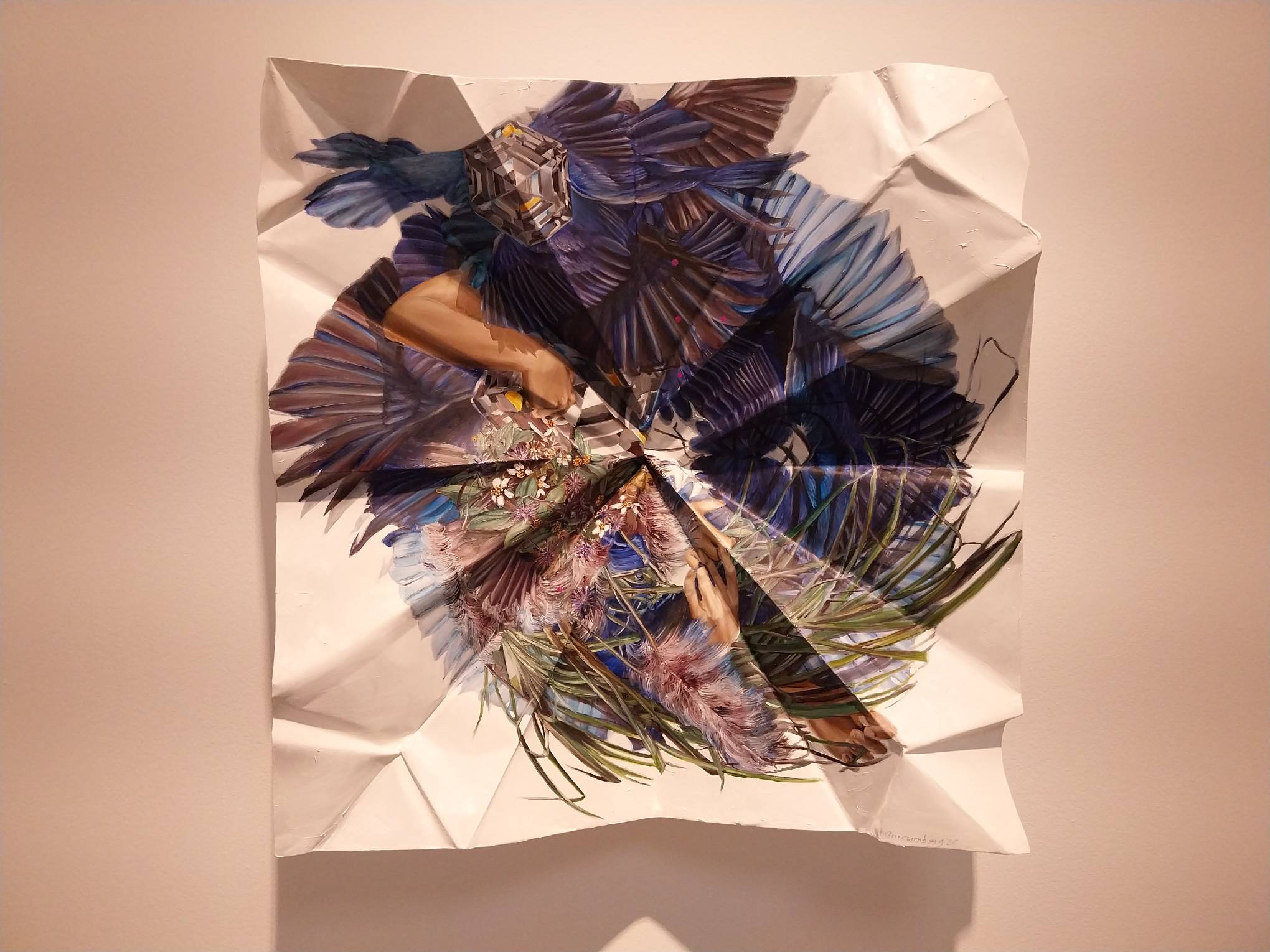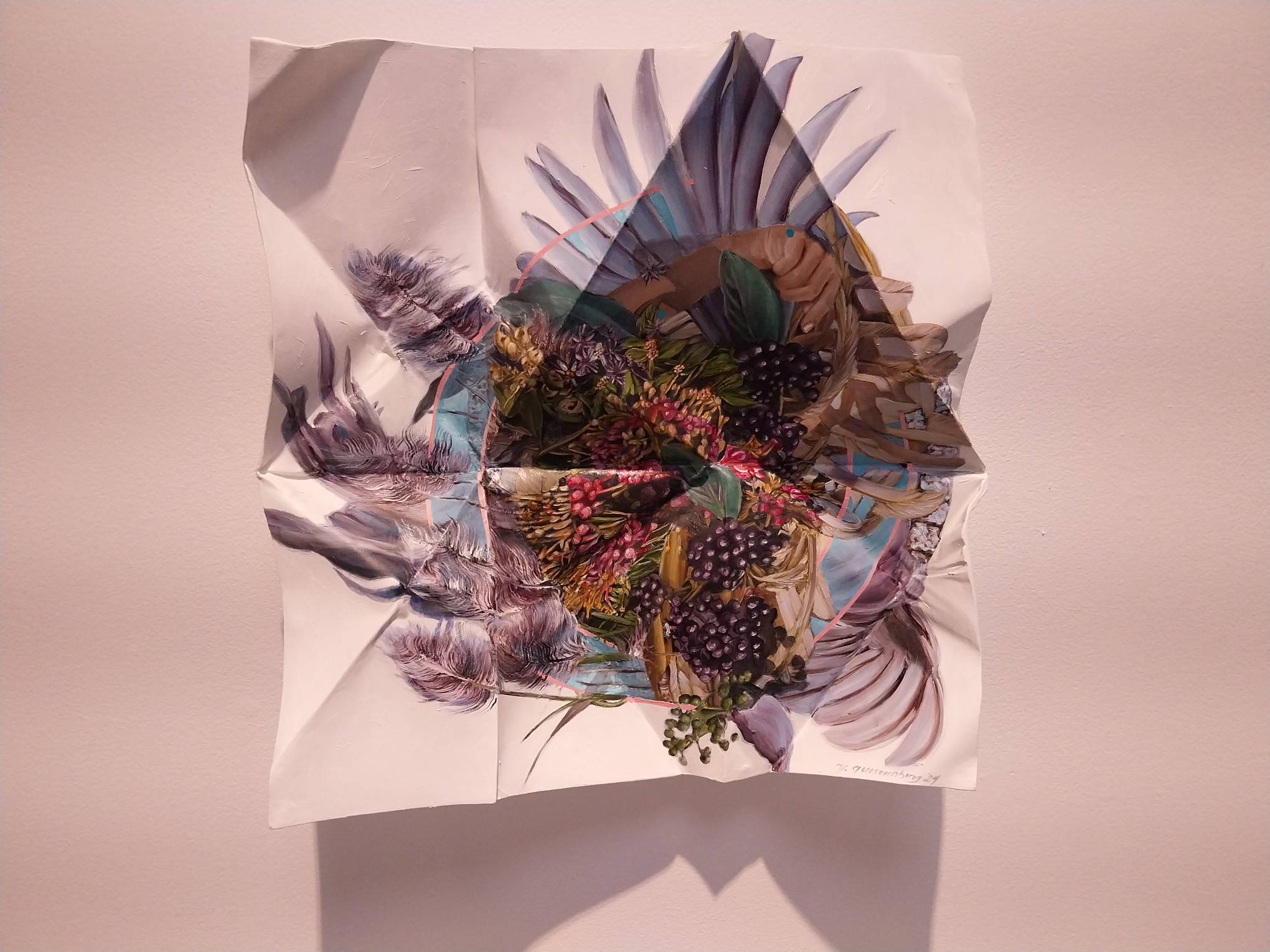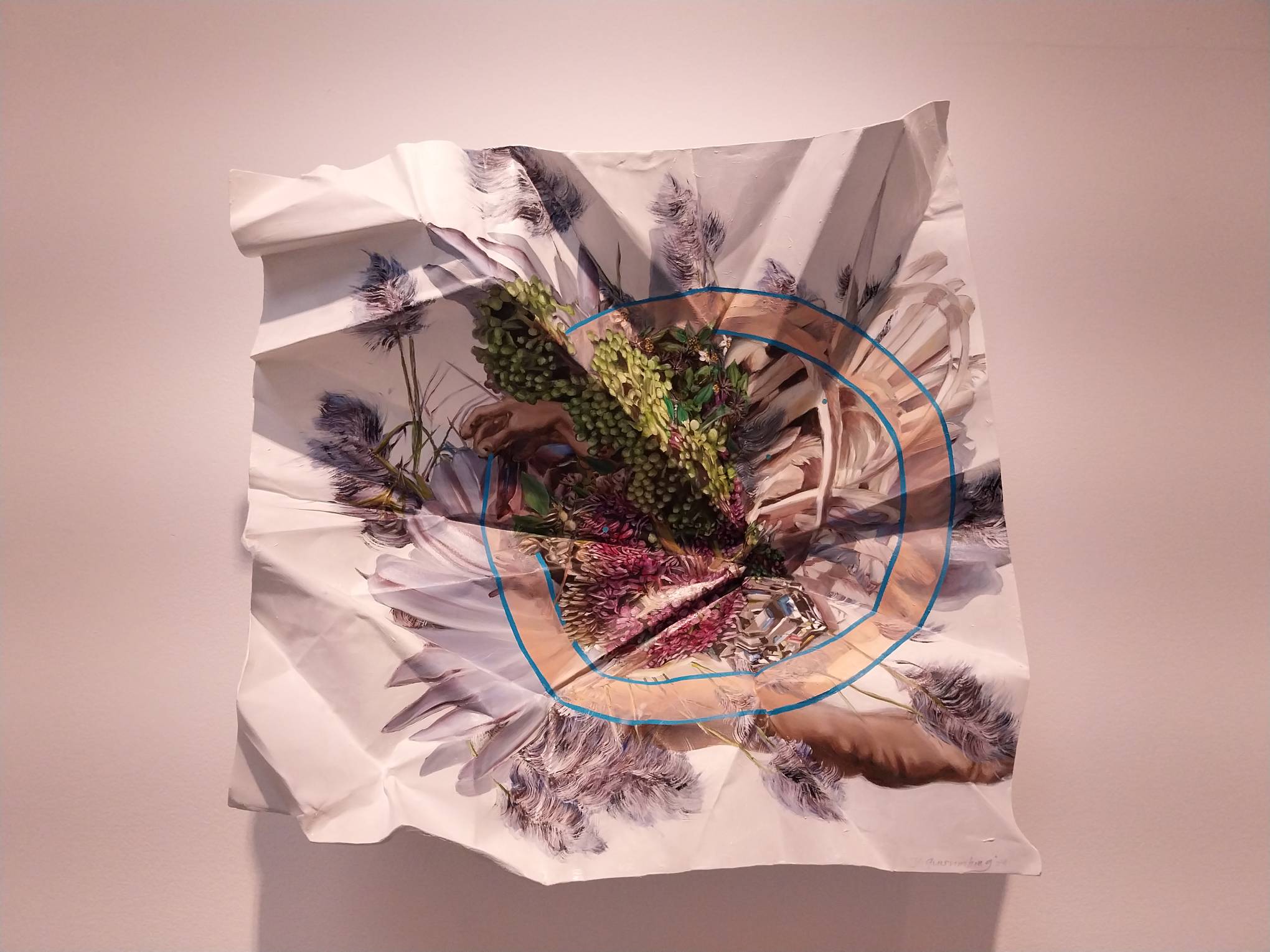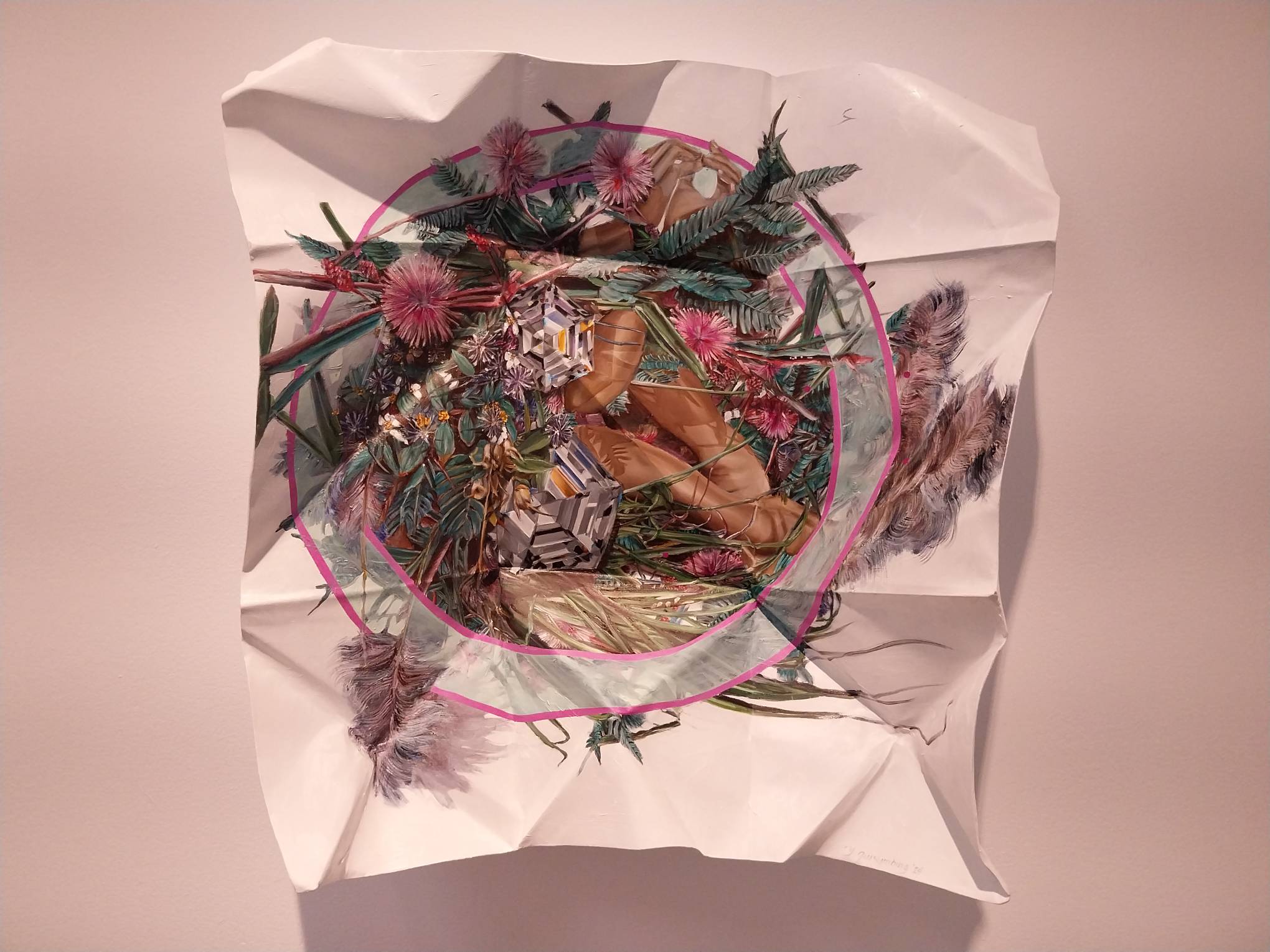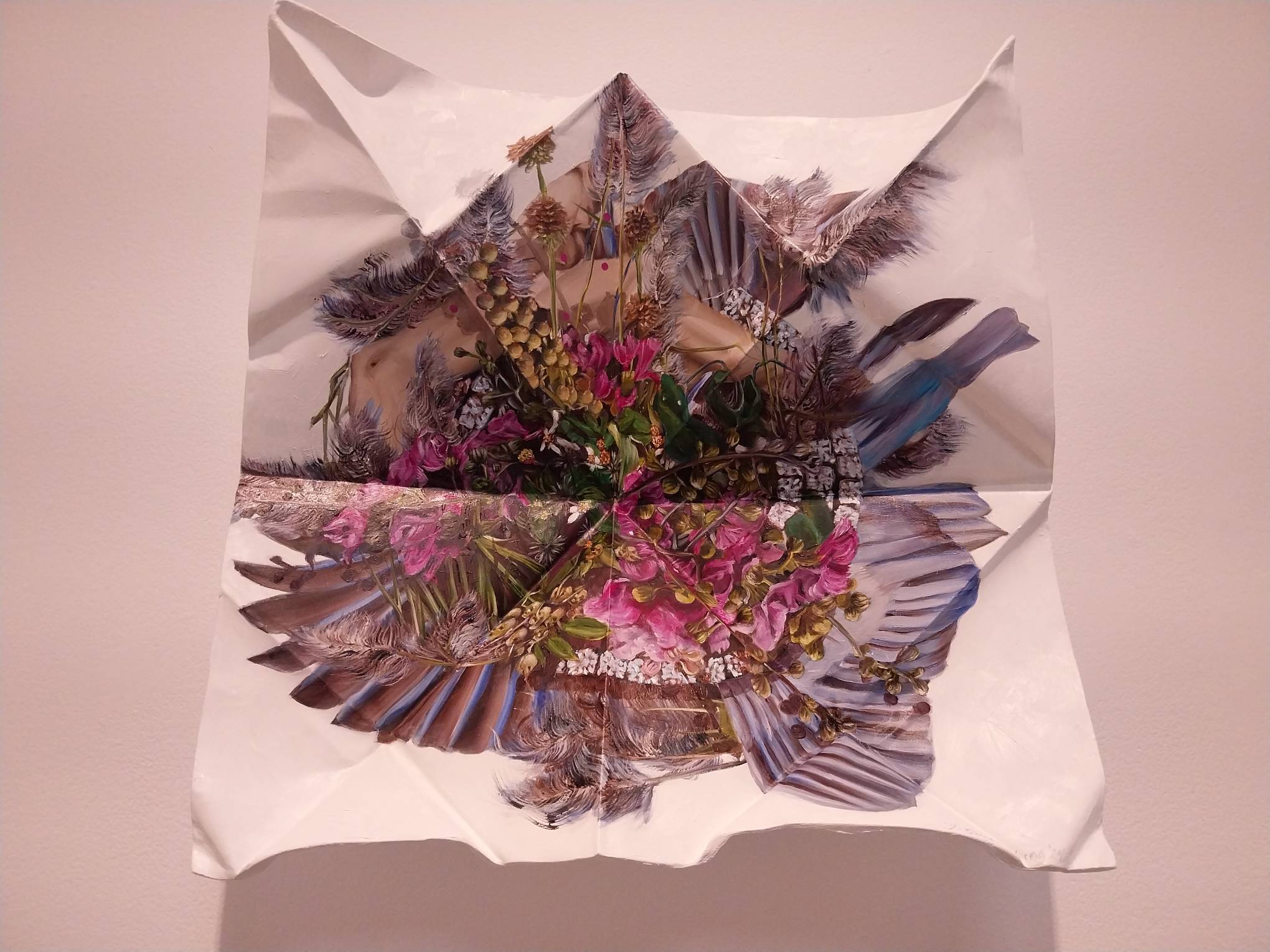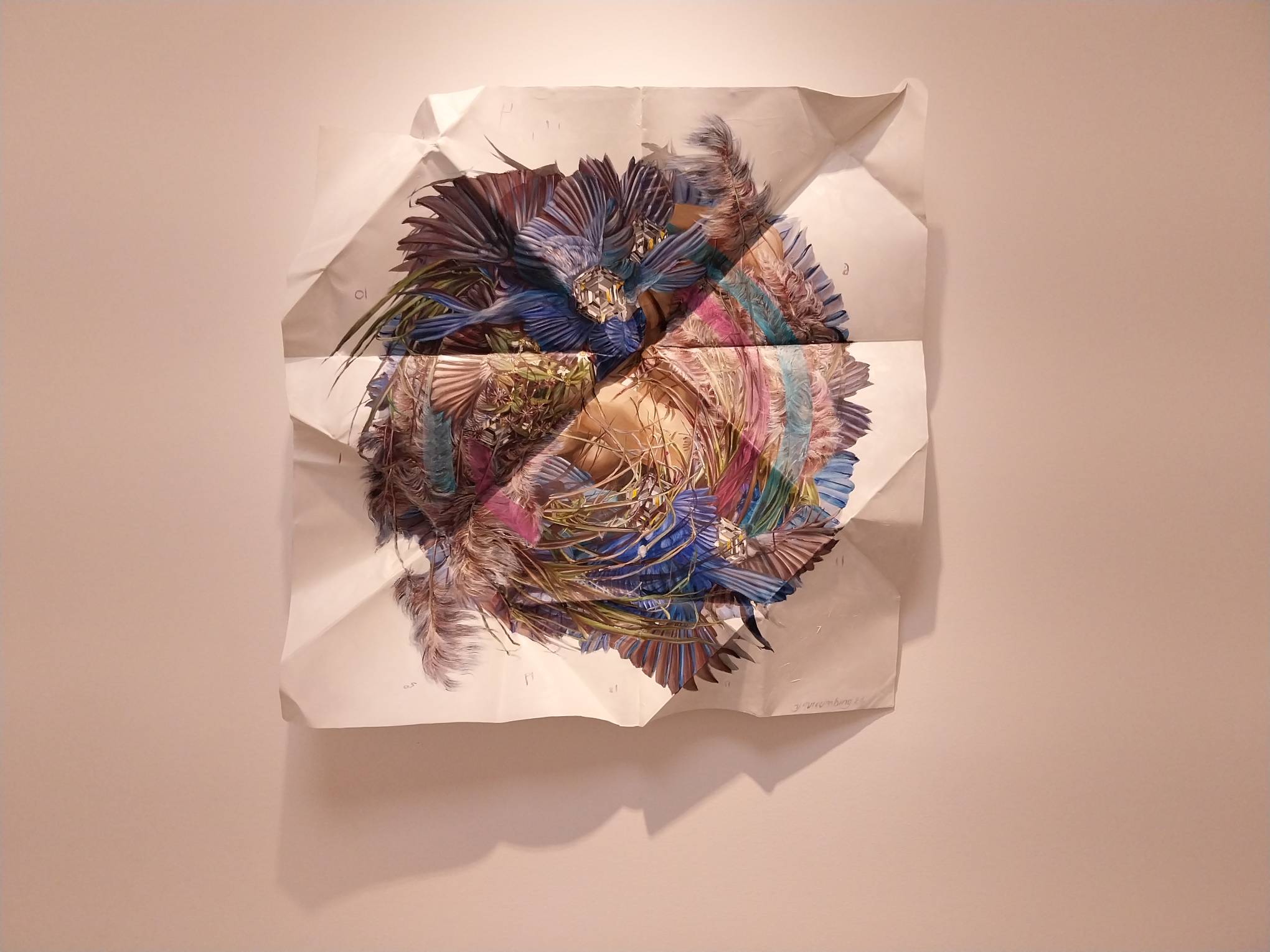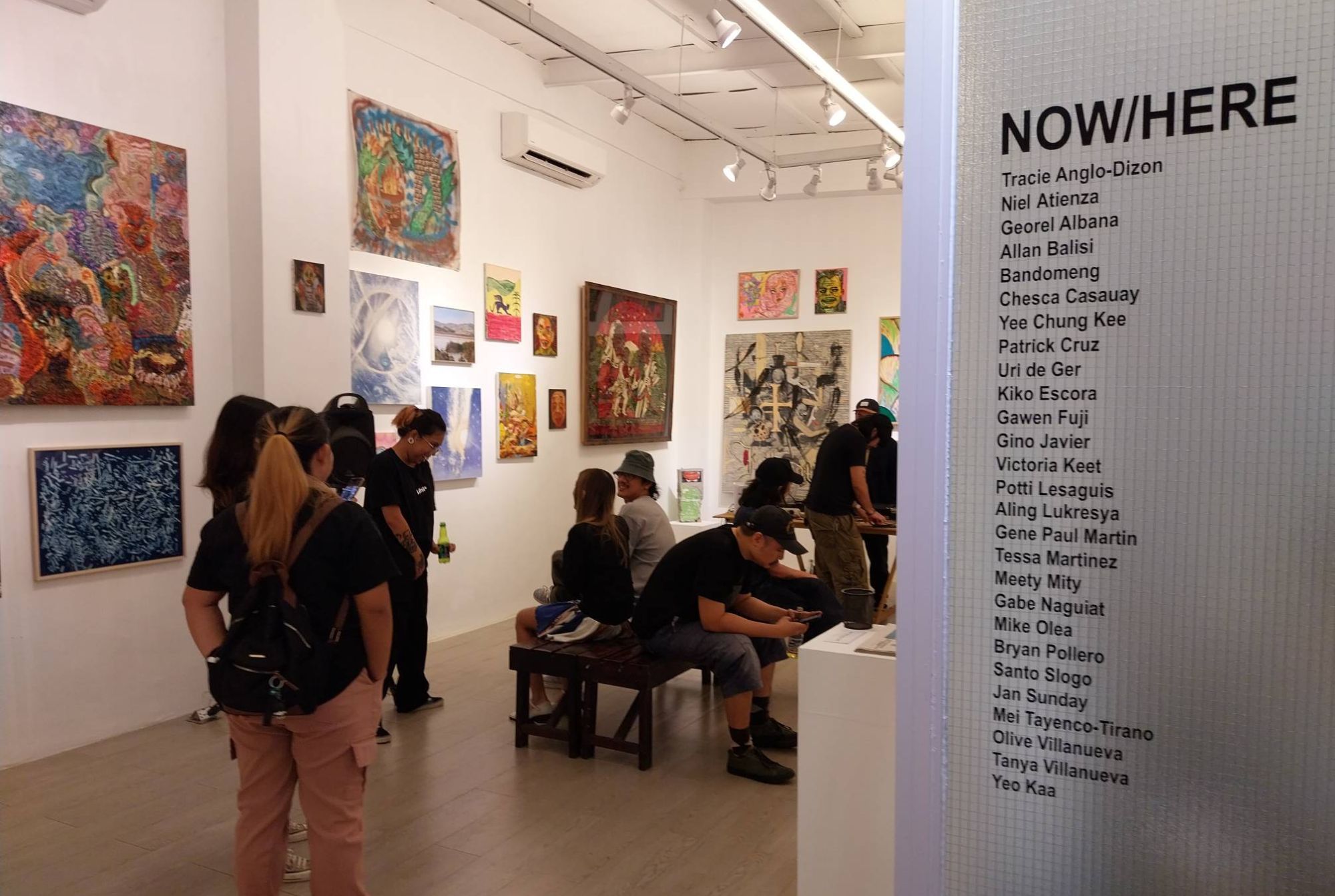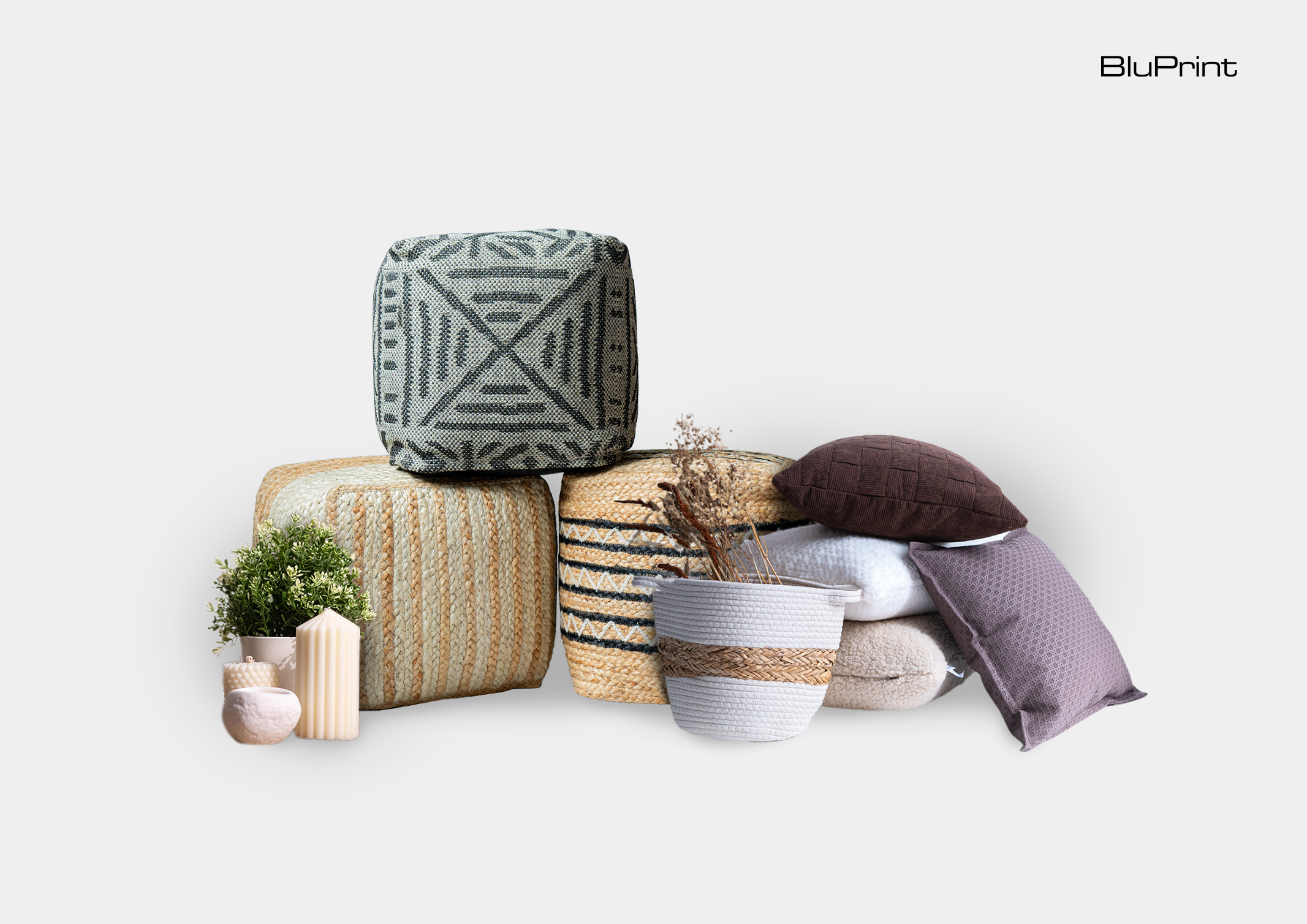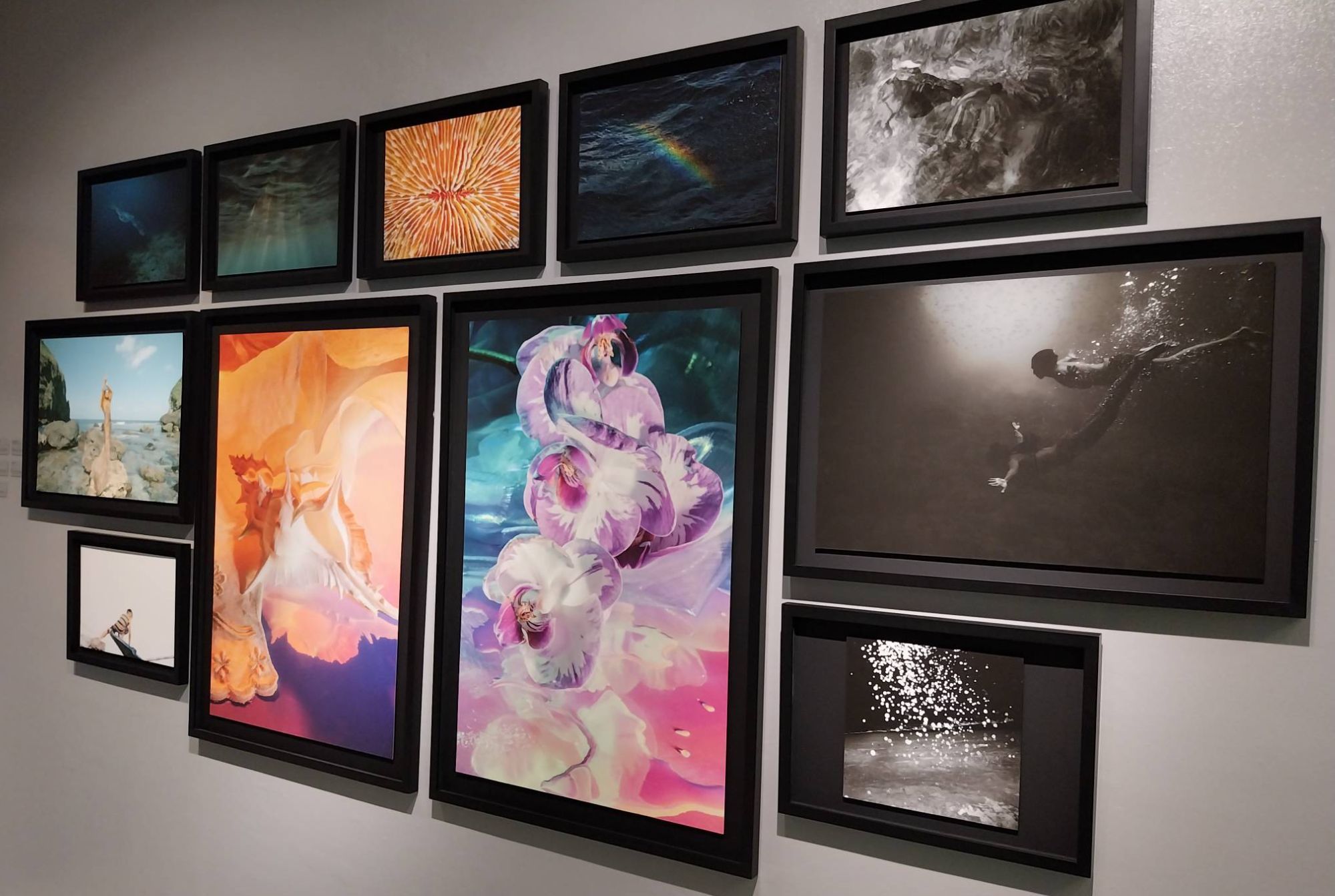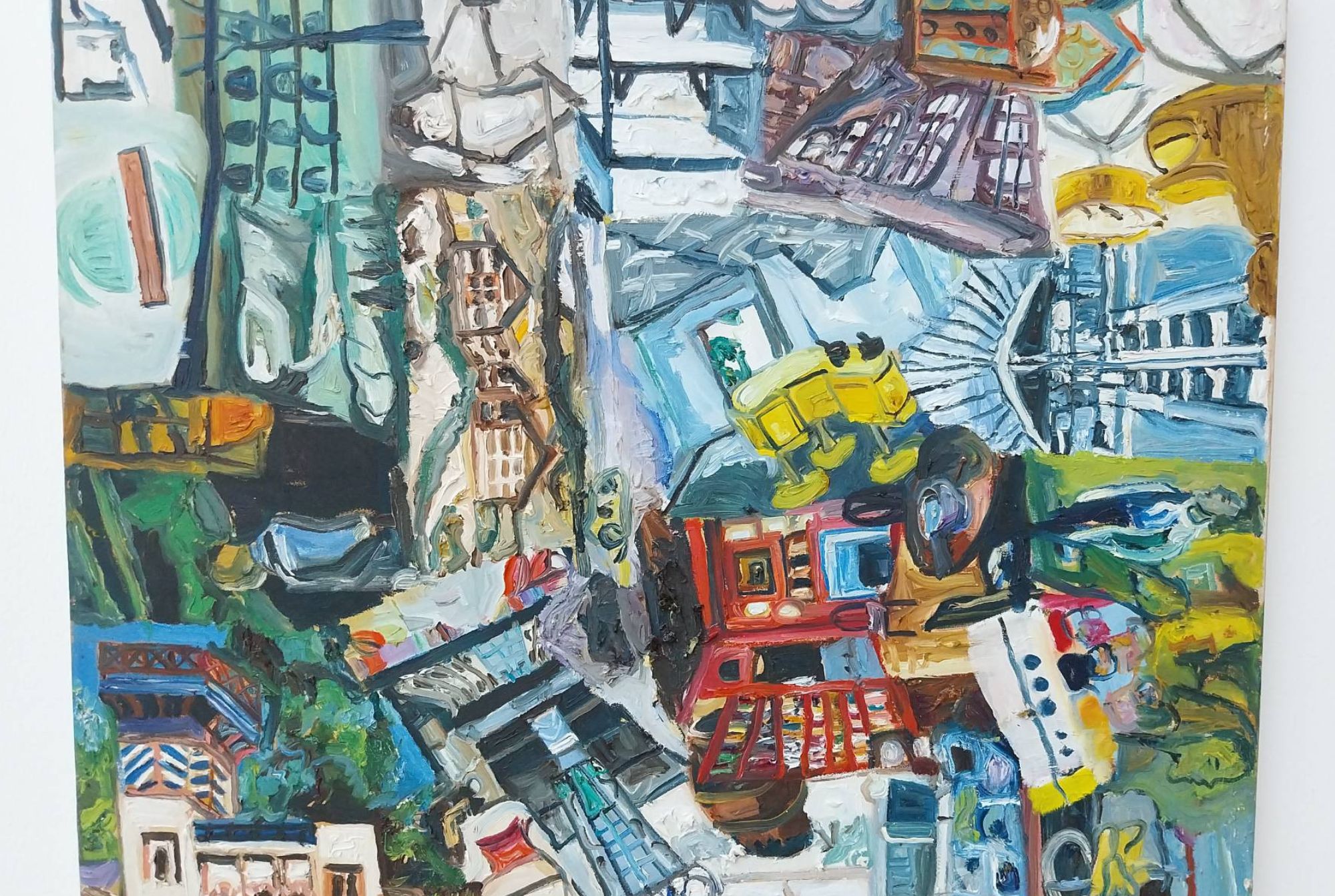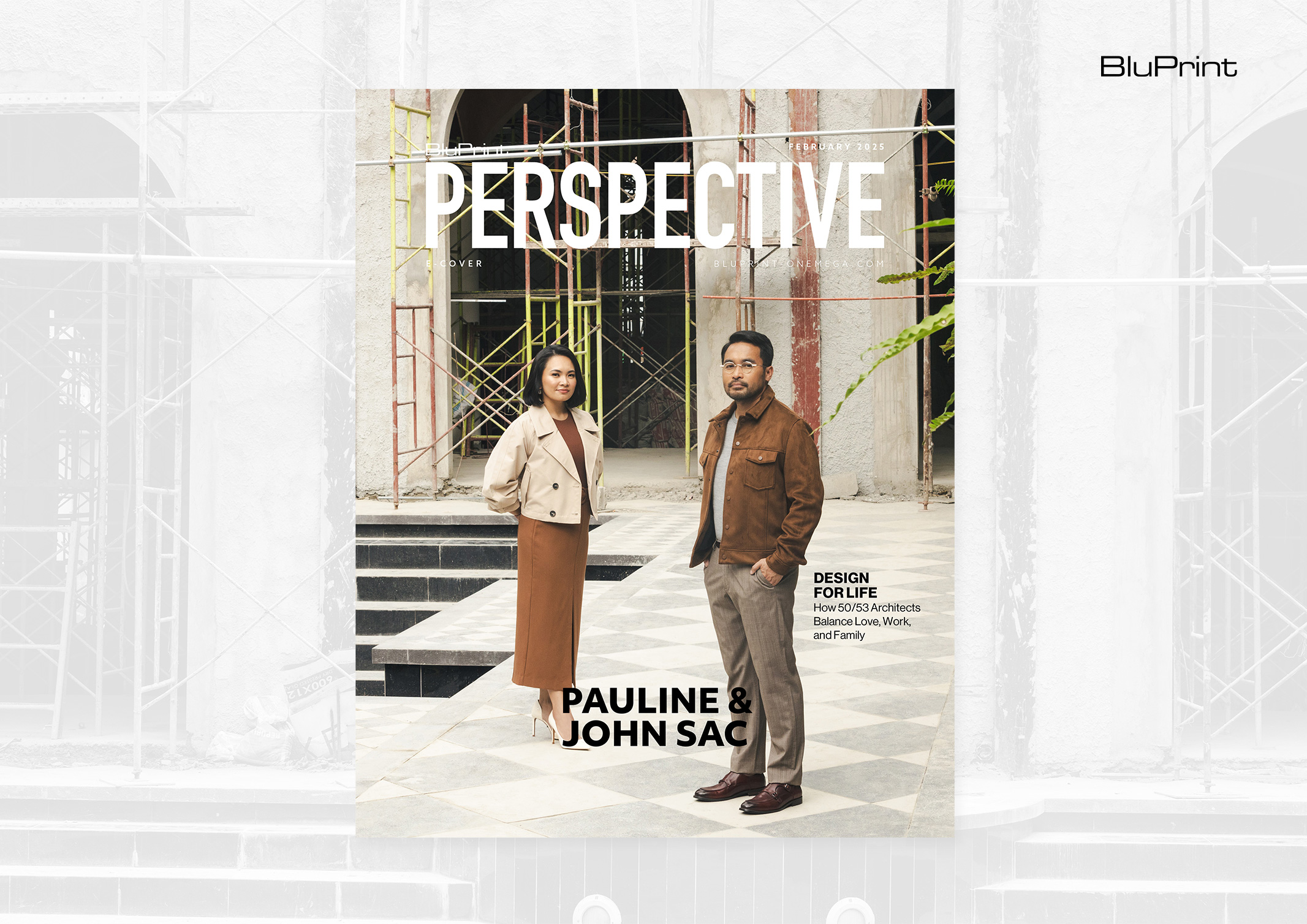Now/Here, also known as Middle of Now/Here, is a group exhibition at Bunso Gallery in San Juan City. It features different artists defining their sense of self in an ever-evolving world. The artworks allow them to characterize their own environment as they see it, these differing angles coming together to orchestrate a picture of our […]
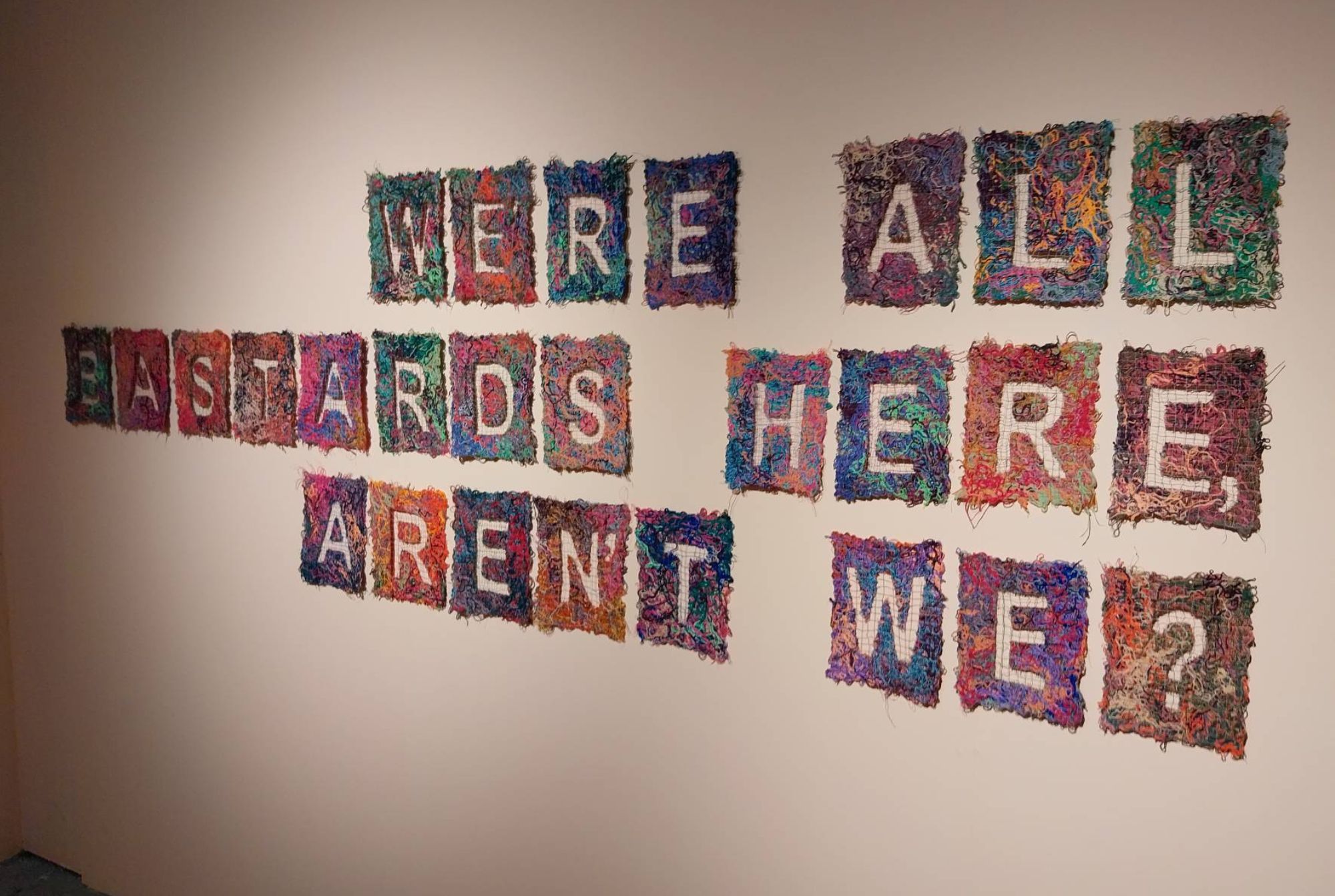
Art Roundup: Exhibits Exploring Spatial and Environmental Curiosity
How do we use art to comment on our environment? For this month’s art roundup, we’re featuring some art exhibits that explore a sense of place specific to the artist or artists collaborating together. Geography becomes a metaphor for the self, and selfhood reflects itself in the spaces we see.
‘Bruha ng Disyerto: Landscapes of Fire’
Gravity Art Space featured this art exhibit by artist Isola Tong comprised of banigs, rattan, abaca, and other weaving materials. She explores the strong connective tissues between the deserts of California and the practices of the Philippines’ indigenous peoples.
Some works have banigs with laser-etched images of iconic Californian landscapes like the Joshua Tree. These areas have been “touched by fire and methods of its suppression,” according to a write-up by Arianna Mercado.
Others weave these baskets to represent local indigenous practices of burning that are “essential to the protection and biodiversity of several forest ecologies.” Tong explicitly conflates these practices and environments to reflect their perspectives on fire. Her works ruminate on fire’s reputation as a destructive force, and one that balances the landscapes around us.
“Stitching seemingly disparate ecologies and plant life,” Mercado wrote, “Tong addresses the affinities shared across these two locations as fraught sites of colonial forest management, ecologic precarty, and zones of conflict between the ‘modern’ and indigenous.”
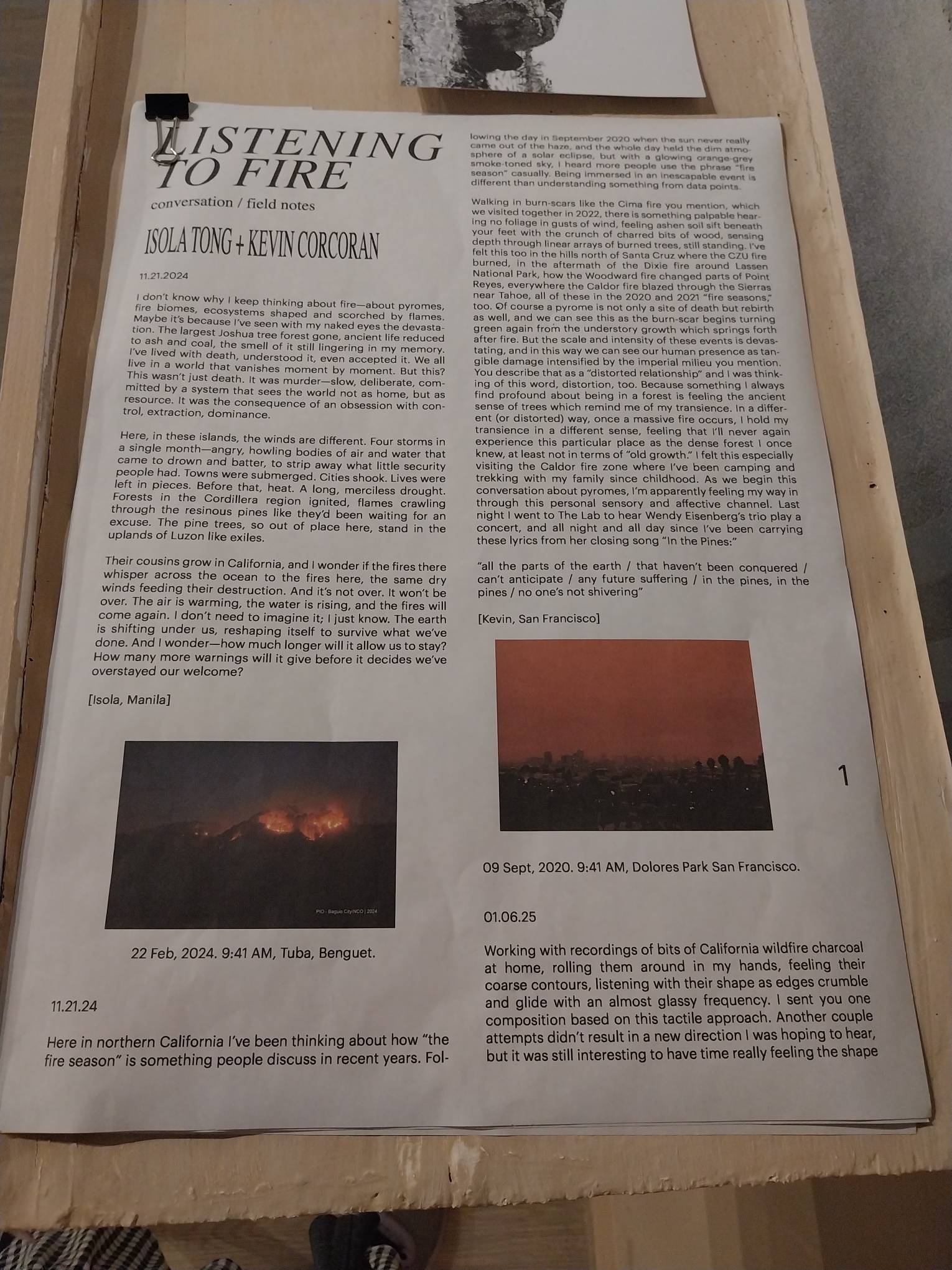
The exhibit itself provides such vivid perspectives of Tong’s time researching the material, from ink stamps of trees to zines filled with pictures of California. She also includes conversations with fellow artist Kevin Corcoran on environmental differences between the two places. That one feels personal, somehow, as Tong and Corcoran discuss the trees and ecosystems of both places, broadening their meaning towards the sociopolitical scale of both countries as a whole.
‘Random Memories’
When talking about environmental curiosity, there’s nothing more curious than Ranelle Dial’s Random Memories at Finale Art File. Here, we find the typical domestic trappings of an upper-middle-class household. There are different rooms filled with books and different figures perusing them; and yet, looking at the images, something doesn’t belong.
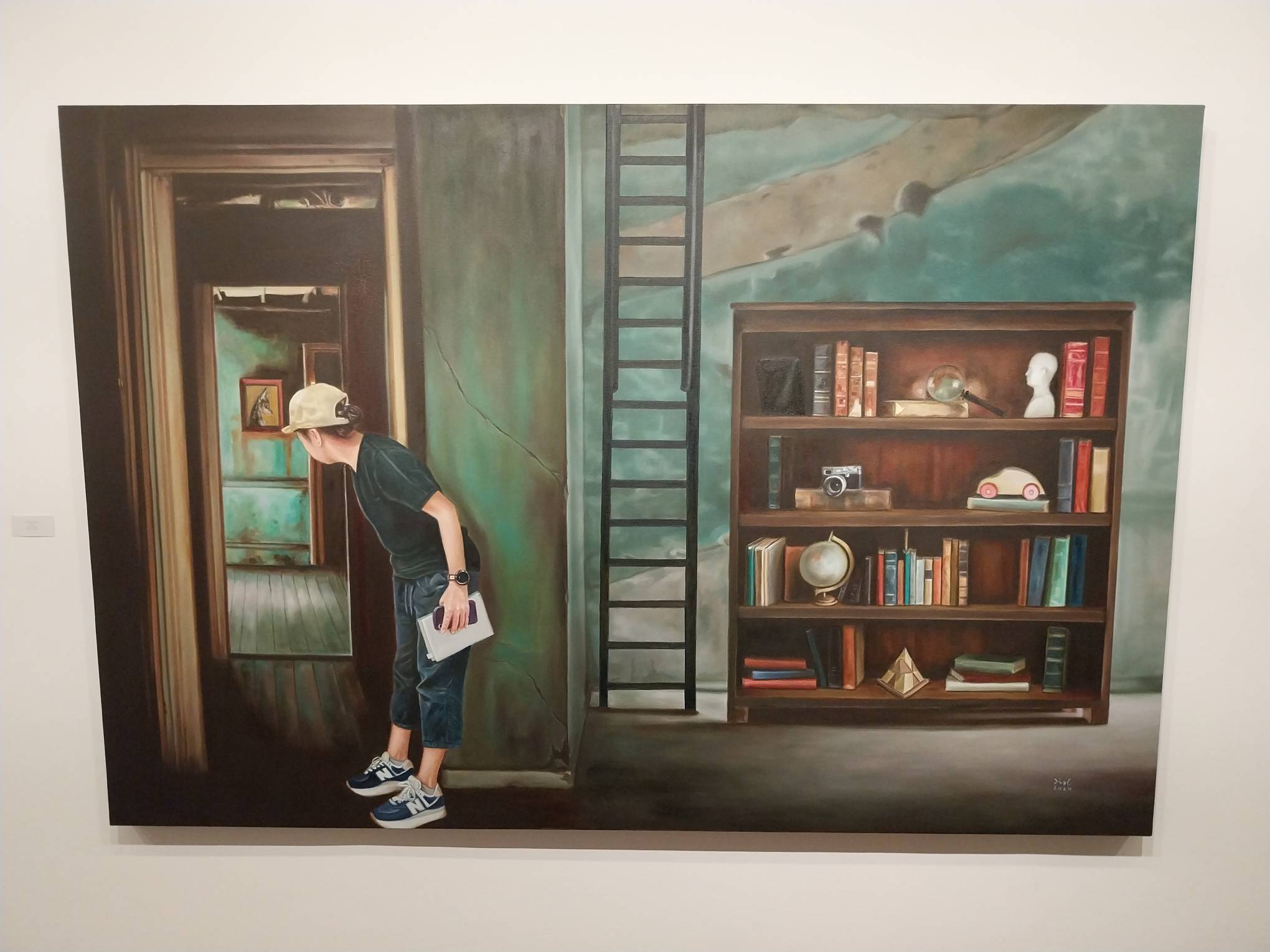
It feels off, and as one looks at the painting, we see Dial’s skewering of perspective to create a sinister atmosphere. The walls are crooked, impossible figures that wrap around itself like a Penrose triangle emerge, and the angles of perspective look off from the viewpoint we’re seeing it. Dial’s paintings feel closer to dreams than reality, as our brain slowly unlocks what’s wrong with what we’re seeing.
To emphasize that point further, included in the exhibit are actual puzzle pieces that are scattered and partially-assembled. They don’t appear to collide into a full picture together. Rather, it’s just textures and colors; a fragmentation of what was there before.
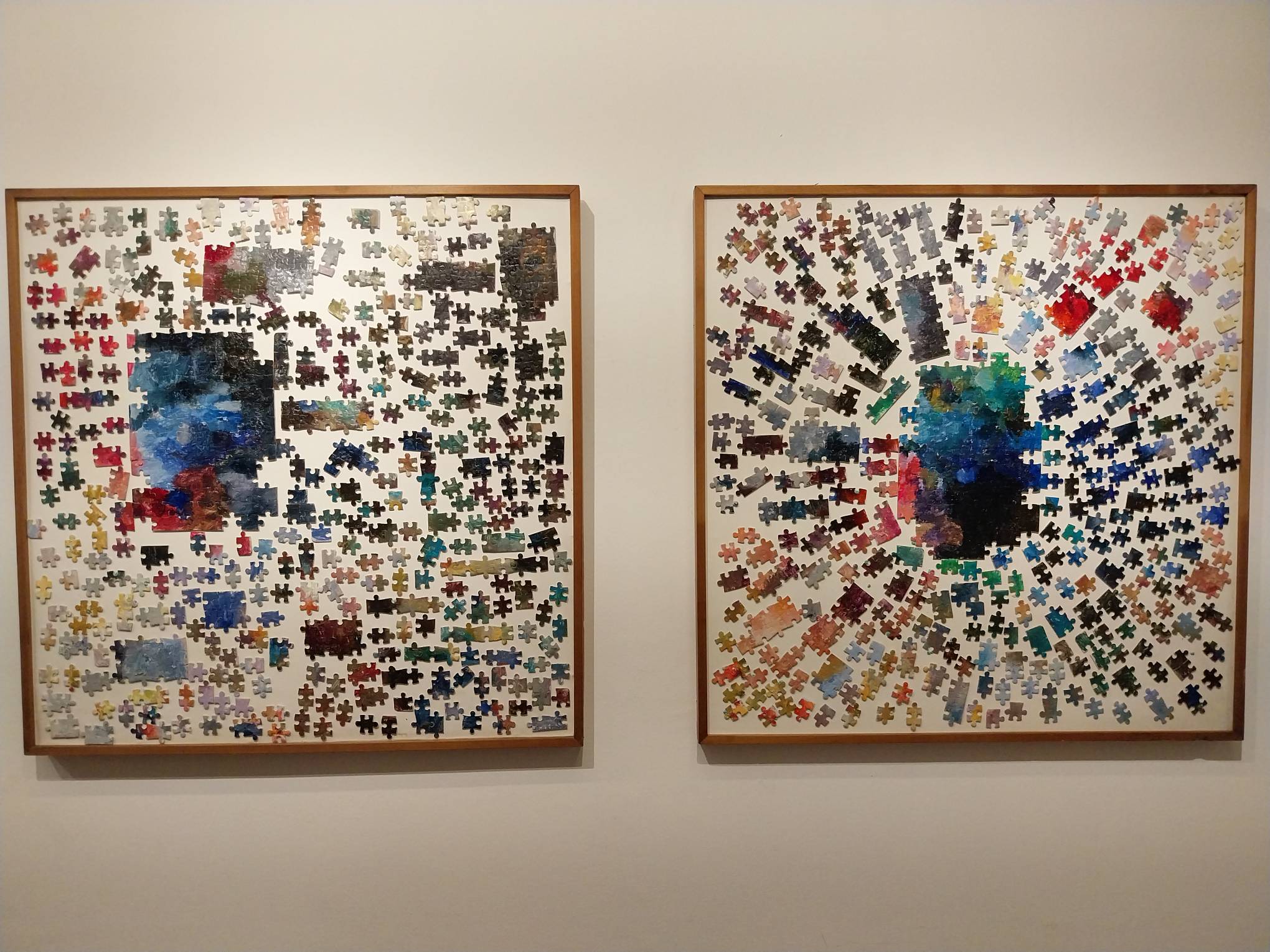
Overall, it plays with the aspect of memory as imperfect recollection. It aims towards probing that unreliability, asking us to question how we ourselves have been shaped by that imperfection throughout our lives.
‘Sympathy for the Mahogany’
Marionne Contreras’s art exhibit at Mono8 Gallery explores the meaning of the mahogany tree. She explores mahogany as a symbol of colonialism, how people seem to flourish even in new settings and societies.
“Historically imported to plantations in Asia brought by colonialism, Contreras thought about societal expectations on organisms and life to thrive even in foreign and unfamiliar territories. Such thoughts extend to her exploration of cultural constructions of power, the female identity, and other similar concerns,” the exhibit write-up said.
And with this exhibit, Contreras utilizes embroidery as a way of exploring the importance of the tree. In many of the exhibited works, she starts with a baseline of a twig or a branch, and from there weaves upon it different levels of fabrics and accessories to define its adaptability.
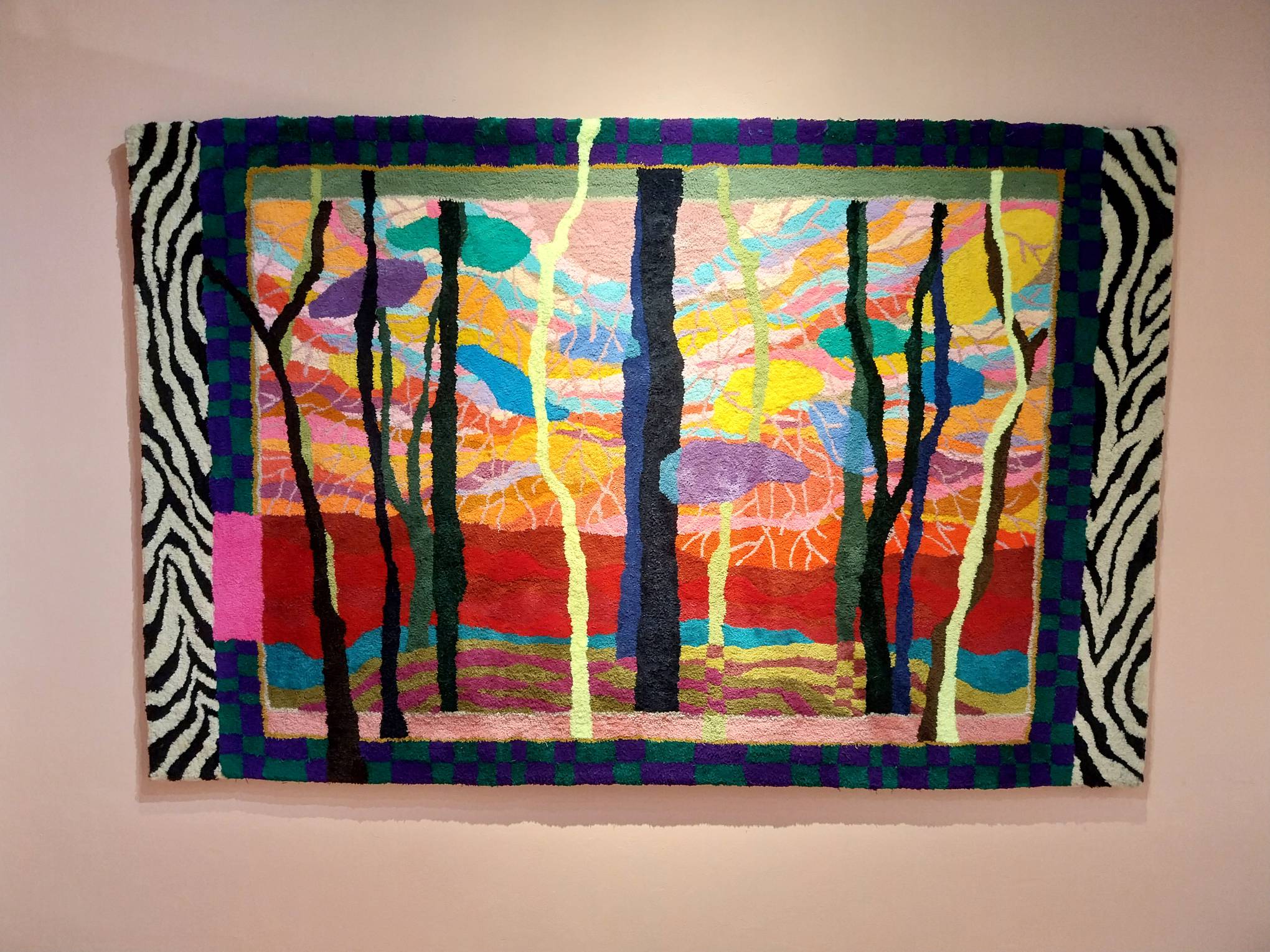
It seems as if it finds color and renewed energy even as it is transplanted onto new places and contexts, representing how we ourselves can find our sense of self even as we work towards new places and contexts. It culminates in a large embroidered tapestry of a forest, illuminated in individualistic colors even as the trees in the image stand tall together.
‘(Sanctuary)’
Yvonne Quisumbing’s works for her art exhibit at Silverlens Gallery uses an aluminium base and oil paintings as a way of mimicking crumpled pieces of paper. The paintings inside these crumpled sheets themselves appear to contort towards the center as a way of serving that space given to them.
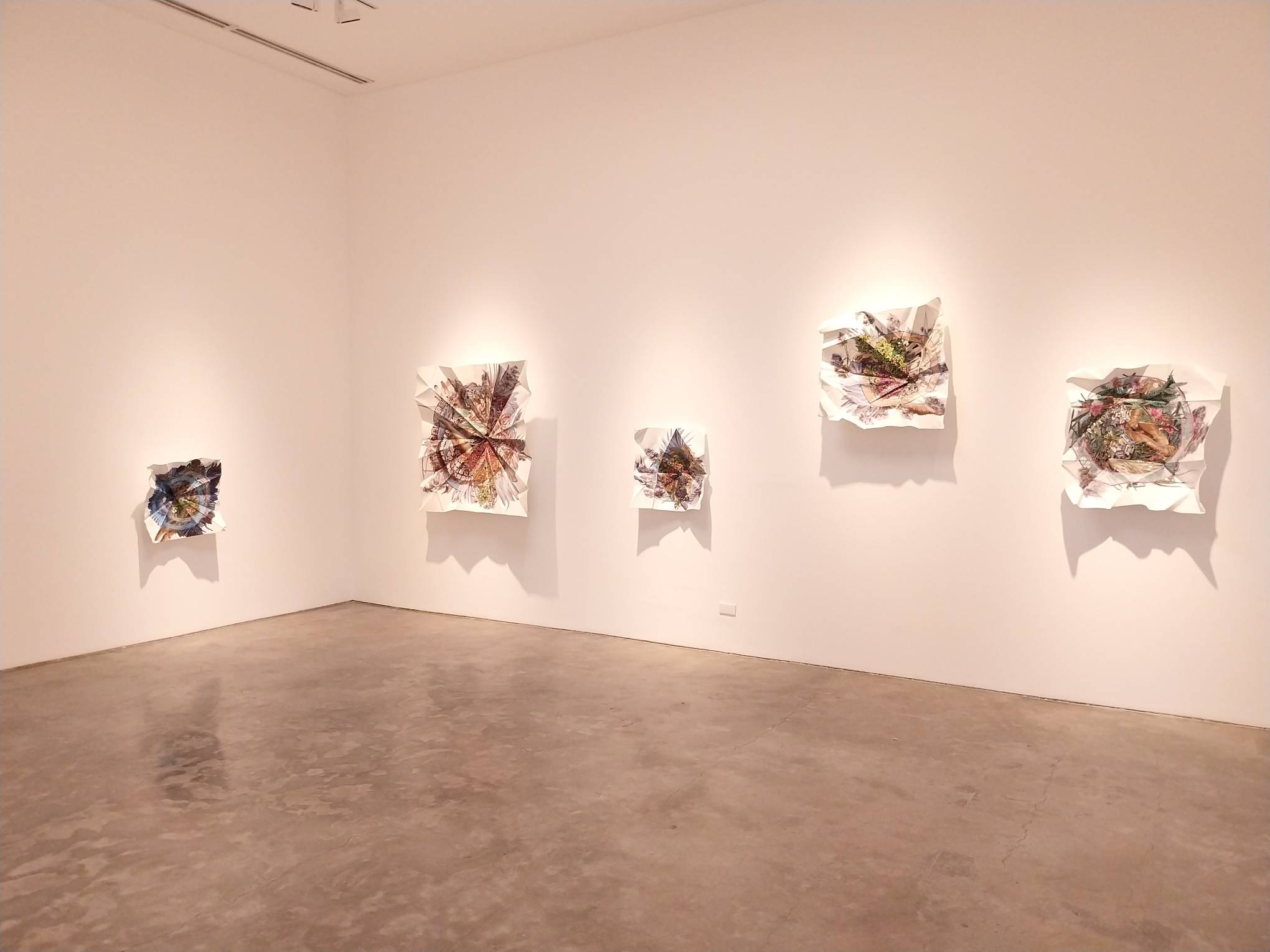
It fills itself with a lot of imagery, from body parts to flowers to different shades of leaves, all rolling around towards a circular direction. Very propulsive pieces, finding strange angles and shapes to create the illusion of movement within the work.
In the exhibit write-up by Nicole Soriano, the exhibit appears to stem from Quisumbing’s own “sanctuary” in Barangay Lugo in the outskirts of Cebu City. It also seems to be calling attention to the plight of farmers across the Philippines, especially in Lugo, as the barangay experiences the dwindling of farmlands and opportunities to make a living.
“Yet, by grounding her works in Lugo and her personal memories, she lends the show a deeply human perspective—one that acknowledges that while the artist has an intimate connection to the land, she remains at a respectful distance from those who rely on it to survive,” Soriano wrote.
The Spaces We Inhabit
Our functions in different spaces provide us with renewed perspectives on the essentiality of the physical in forming who we are as artists and as people. Regardless of how much time we spend online, we cannot supplant ourselves from our world.
Thus, as artists, we become one with our world anyways. We allow our surroundings to change us and our principles, turning it into something as concrete as the habitats and ecosystems around us. The spaces we inhabit helps in defining who we are, whether positively or negatively.
Photos by Elle Yap.
Related reading: July in Review: Five Unique Art Exhibits You May Have Missed
